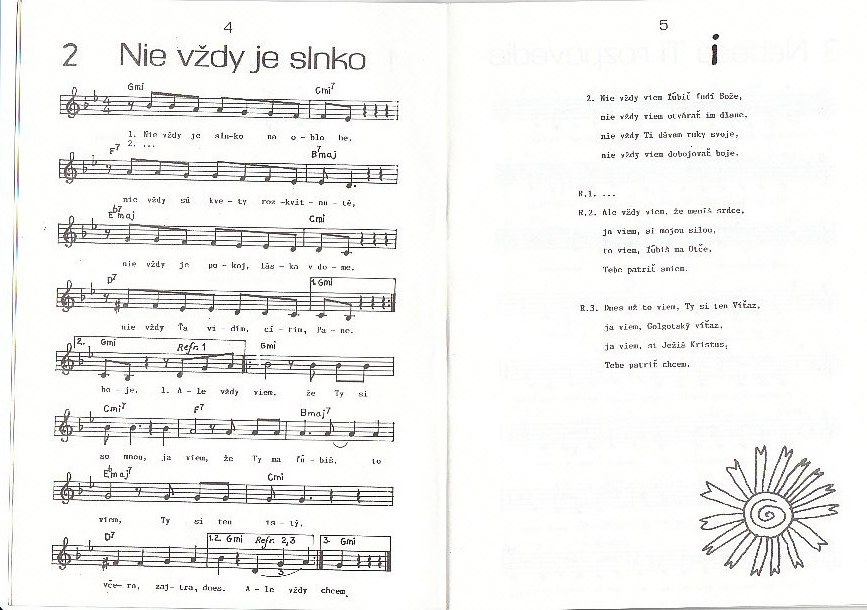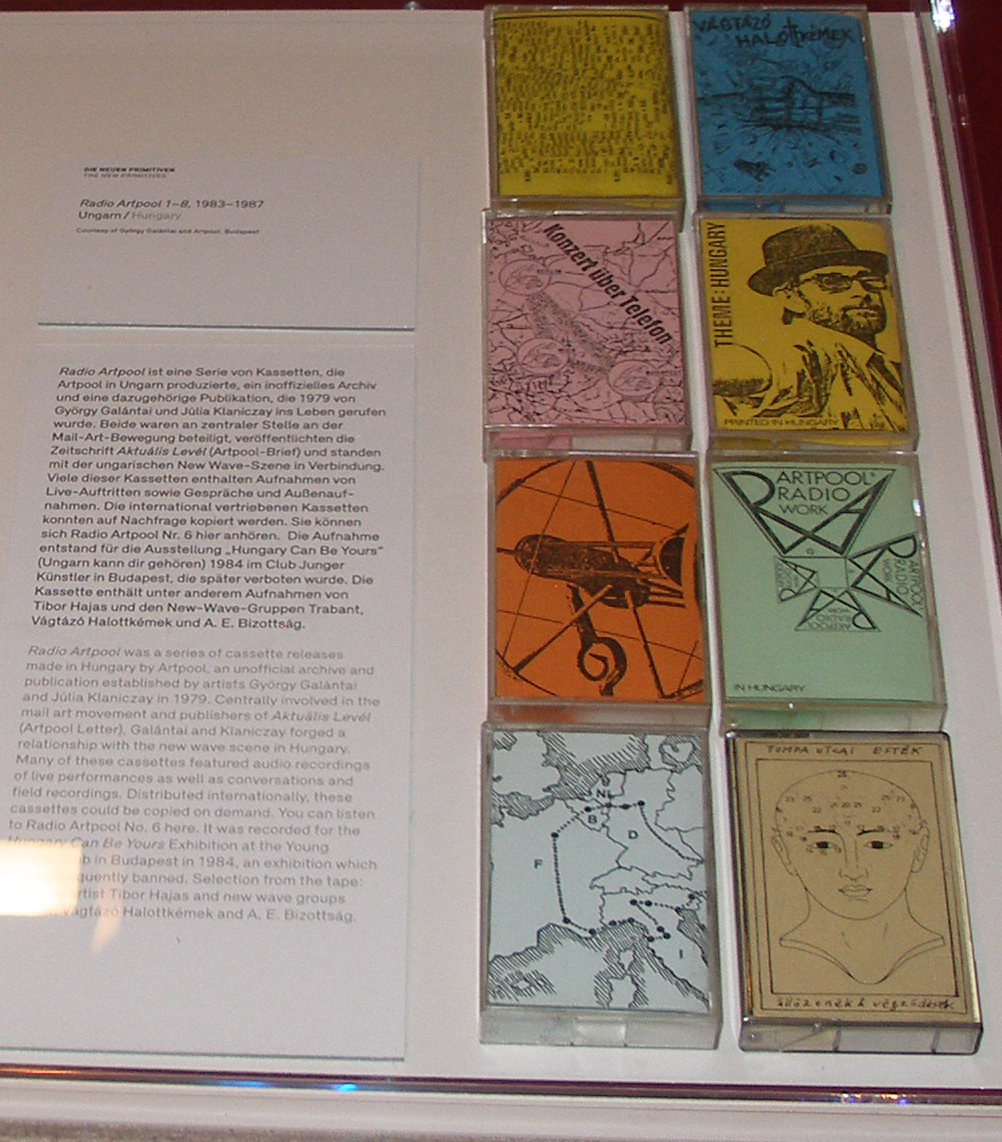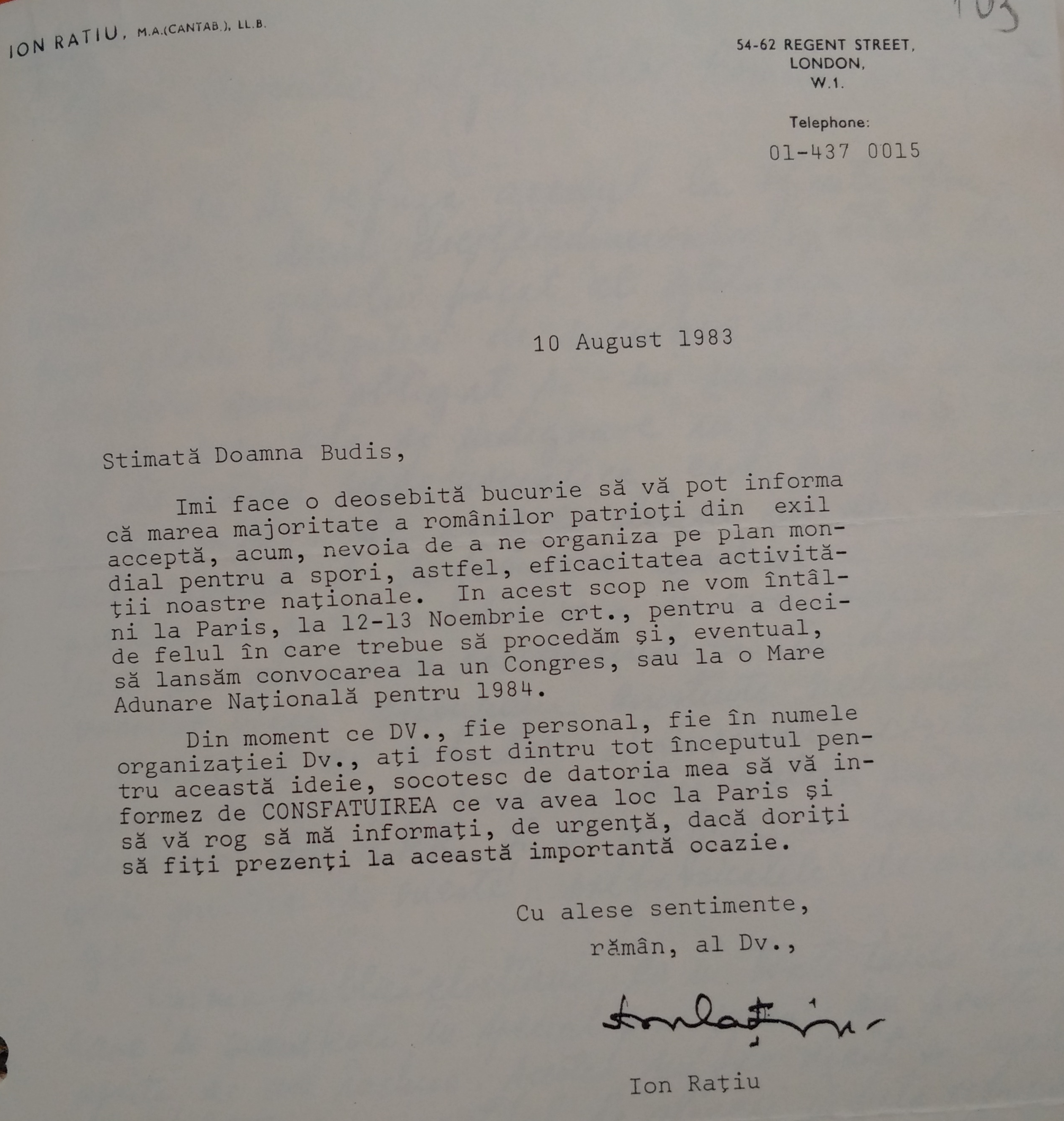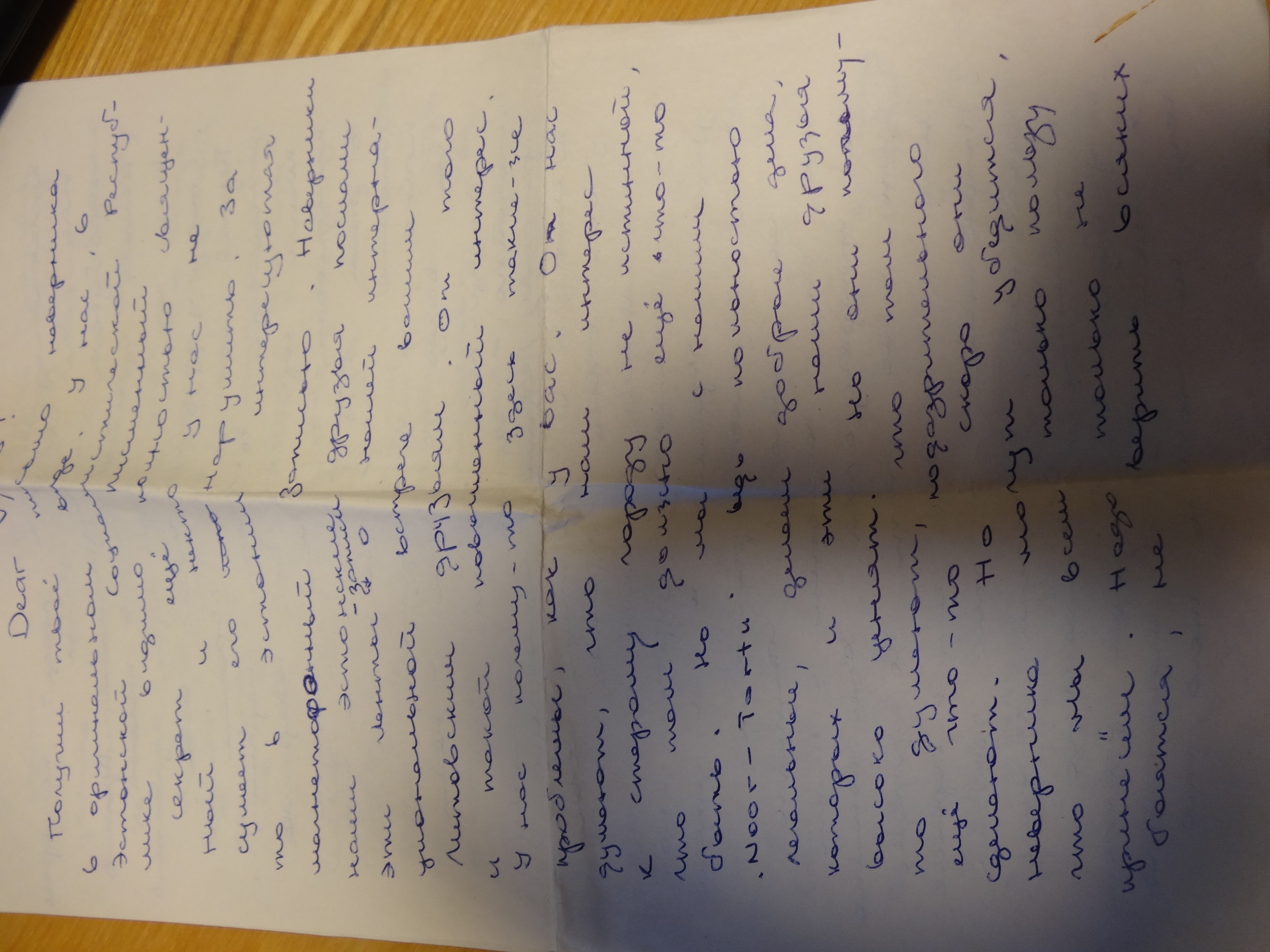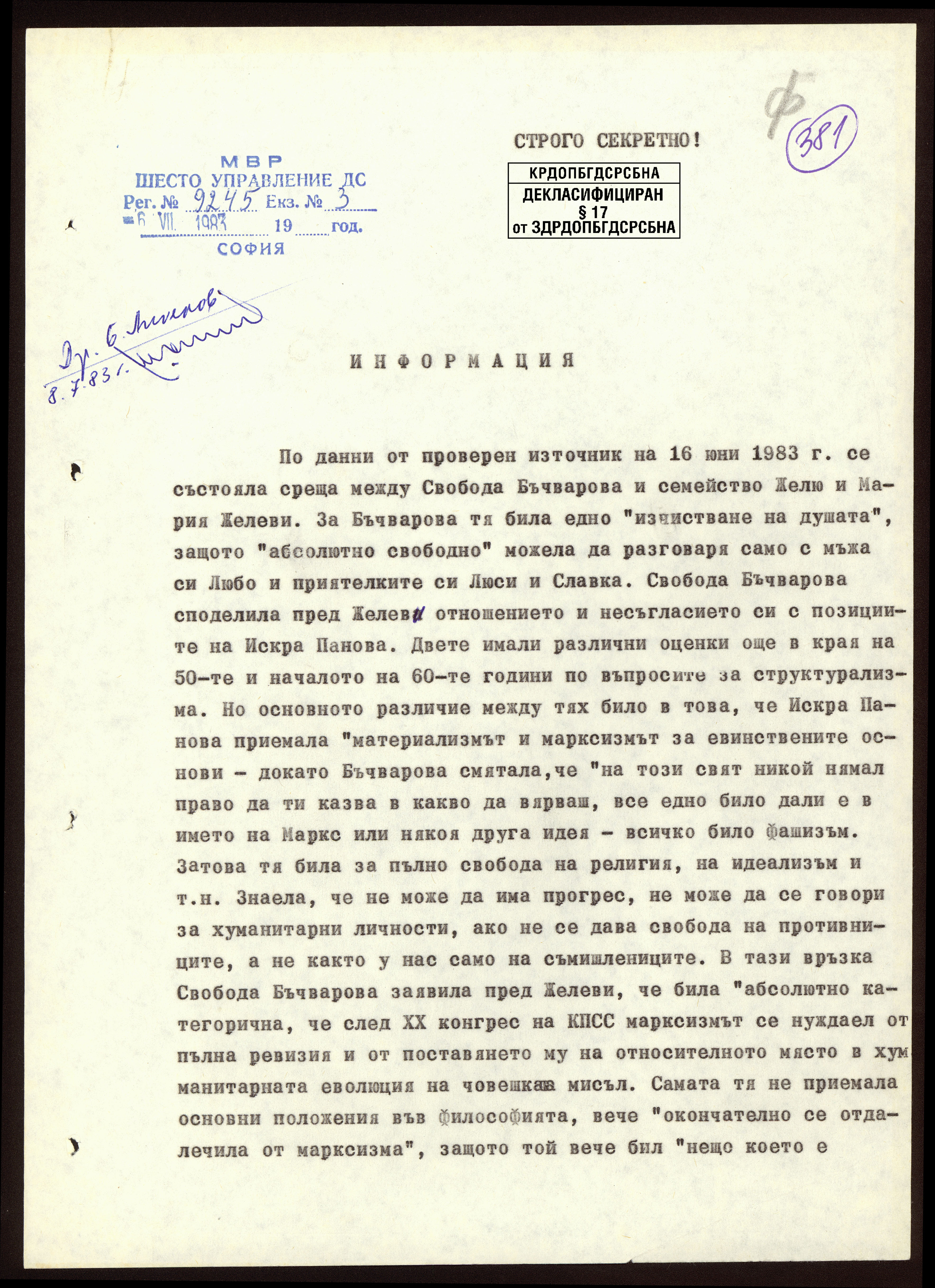Travel reports of lecturers and members of the Jan Hus Educational Foundation are embodied in six volumes. In terms of time, they cover the period from 1983 to December 1989, mainly from Prague, Brno and Bratislava. The reports include the length and main purpose of the stay, a description of the trip including possible complications in crossing borders, meetings with other people and subjects of their interviews, information on specific activities of the state police, etc. Visitors of Czechoslovakia also proposed other forms of cooperation in their reports. There are unique and very specific documents mapping the concrete forms of the Czechoslovak dissent linked with underground universities, efforts of the foreign organisation and important Western representatives of science to support the unofficial educational environment, and documents describing the contemporary social and political conditions in Czechoslovakia including the activities of the state police.
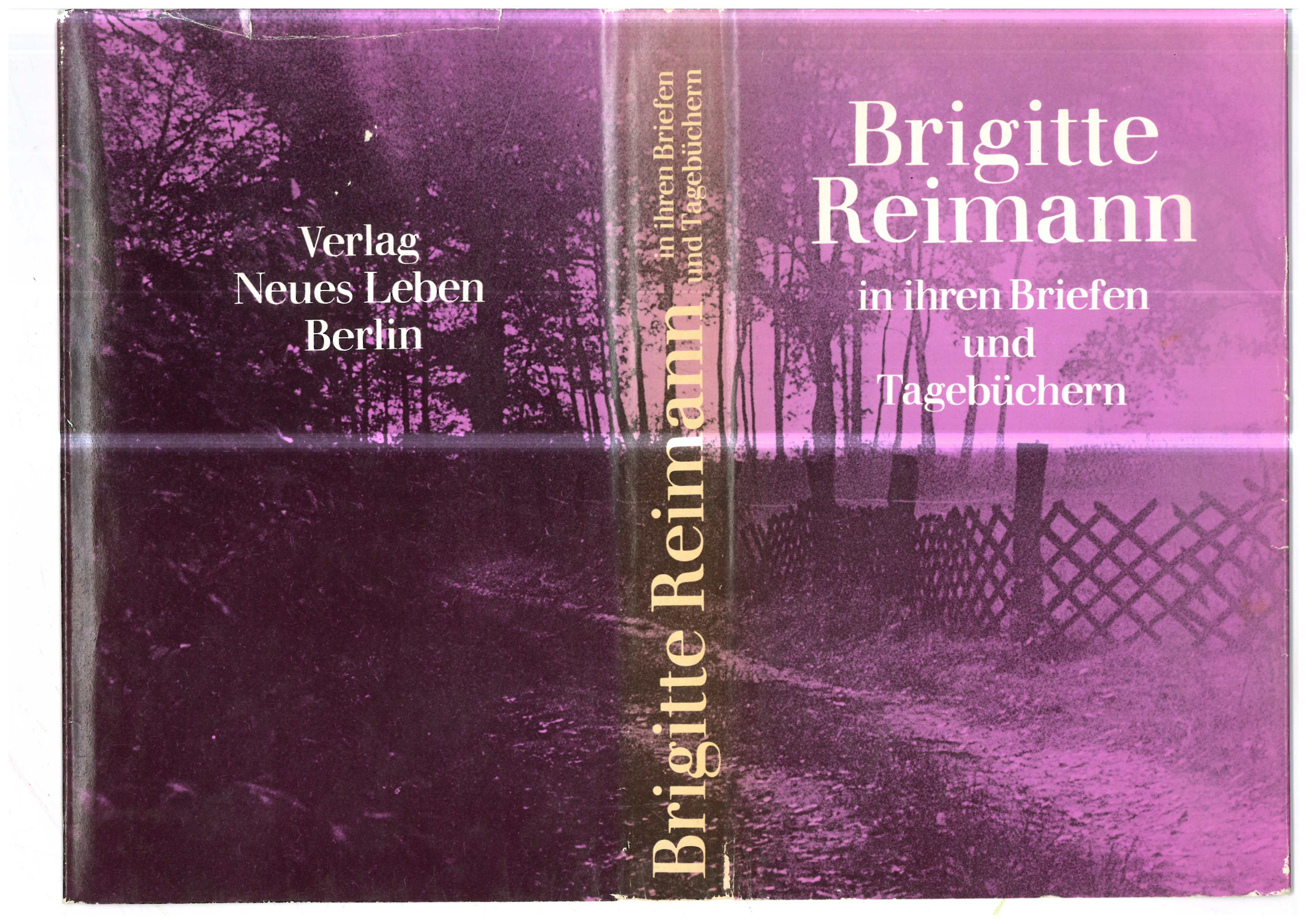

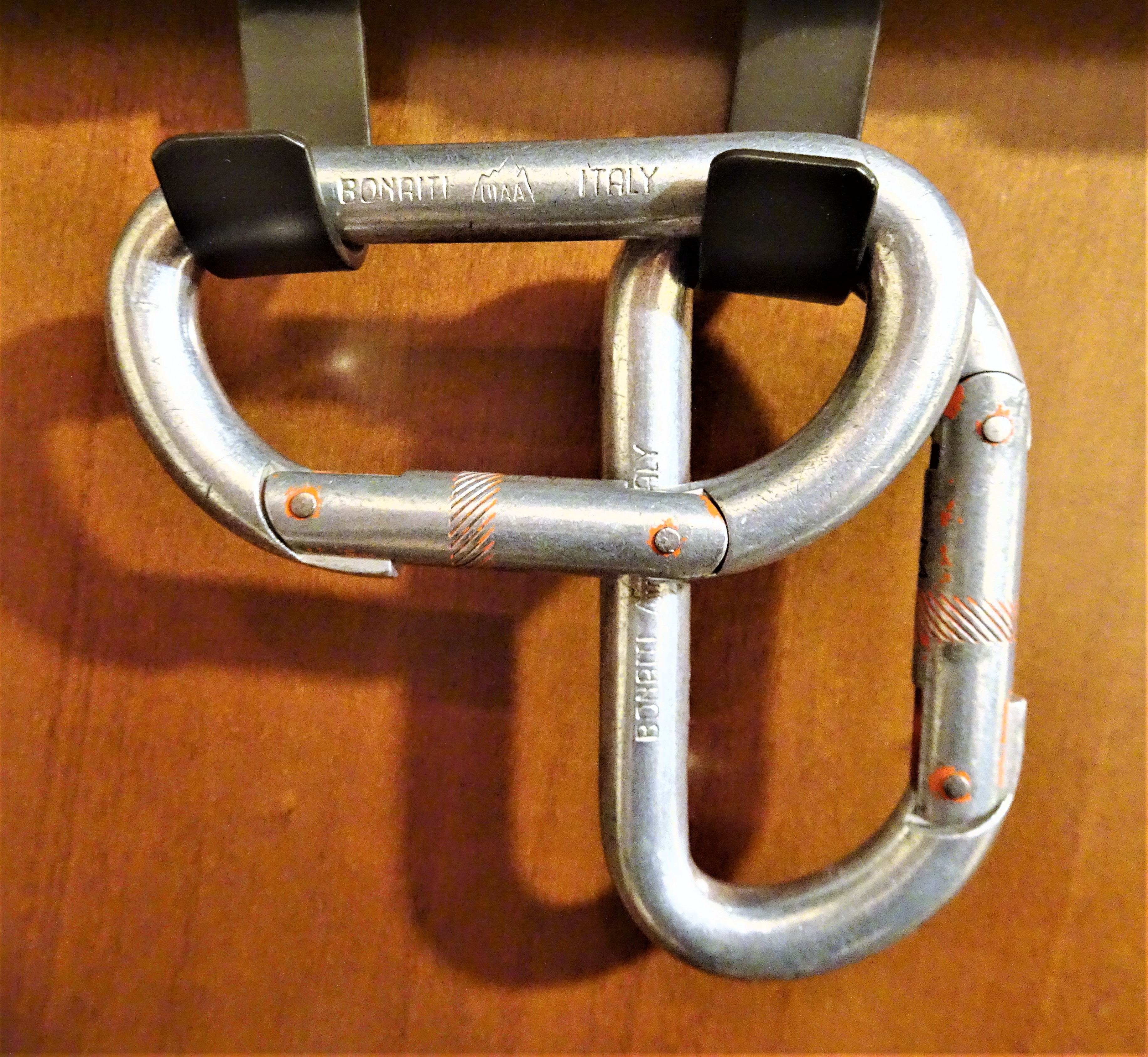

Among the climbing items that could not be improvised, and which indeed it was not advisable to try to improvise, Dragoș Petrescu points to two in particular: climbing rope and karabiners. “In both cases, you’re playing with your life if you try to improvise,” he emphasises. “My father was at mathematics congress in Greece and he brought me from Athens a Simond karabiner (French) made of Zicral (zinc-aluminium alloy). In the mid-1980s, it was something exceptional to have that kind of thing in Romania; it was very light; it had a safety catch, and it was very sturdy. I received it in 1984. It is historic, I might say, and has a great affective role for me.” Around the same time two Bonaiti karabiners (an Italian firm now called Kong) came into his collection. They had belonged to one of the great Romanian climbers of the time: Mihai Pupeza. “My acquisition of the Bonaiti karabiners happened in 1983, or more likely early 1984. These were items that had to be procured from the West and they were truly the essence of mountaineering equipment. They were, in a sense, the keystone of the personal equipment with which we went to the mountains,” says Dragoș Petrescu. All three karabiners are to be found today in his private collection and are in perfect working order.
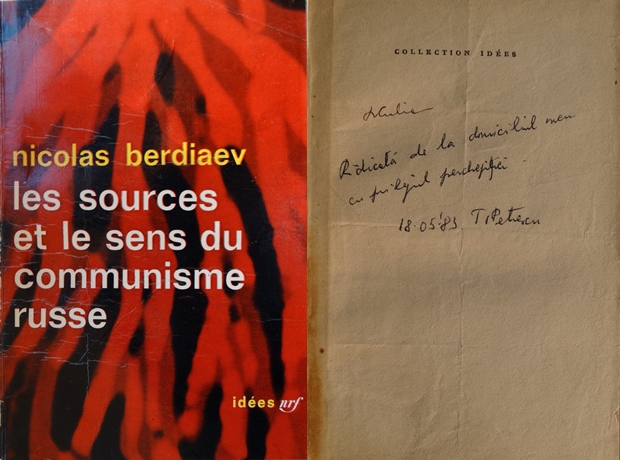



The document that records the extent of the search carried out at the home of the Petrescus on 18 May 1983 is in the family’s private collection in an original copy, made out by the officers who took part in the event. Another two copies were kept by the communist authorities of the time. The minute records that the Petrescus were present at the search, as were two witnesses. It consists of four pages, very clearly written, and is made out in the name of the Iaşi County Inspectorate of the Securitate. Each page is signed both by the representatives of the forces of control and repression and by the witnesses and the couple themselves. The document lists the objects that were kept by the Securitate on this occasion: books; audio cassettes, including one containing a recording of Virgil Ierunca’s broadcast on Radio Free Europe in which he highly praised Dan Petrescu and other young intellectuals in Iaşi for their articles in the student magazines Dialog and Opinia Studenţească; rolls of recording tape; photographs; letters from various people; pages of notes; and a folder labelled “Furrows across the baulks – feuilleton novel of the collectivisation,” containing forty-five leaves of the manuscript of this collective novel. Among the books confiscated were some that later became classic works of critical analysis of the communist system, but which were very recent publications at the time, for example La Nomenklatura, les privilégiés en URSS by Mikhail Voslensky (1980) and L'Union soviétique survivra-t-elle en 1984? by Andrei Amalrik (1977). There were also critical works on Romanian communism published by Romanian writers in exile, such as La Cité totale by Constantin Dumitrescu (1980). The couple managed to save some books from confiscation, but of those removed from their home by the Securitate only one was given back to them, though it is not clear on which criteria this particular book, Les Sources et le sens du communisme russe by Nikolai Berdyaev, was returned – perhaps because it dated from 1938, so was much older than the others. Thérèse Culianu-Petrescu recalls how they managed to hide some of the most critical, and implicitly the most incriminating books: “The next day, 18 May 1983, at six o’clock sharp in the morning, the guys burst in. […] At first they were very pleasant. They gave us time to get dressed, and those minutes gave us a chance to remove some books, to give them to my aunt, who stuck them under her jacket, under her overcoat. Solzhenitsyn, for example. We saved the Gulag and a few others. My aunt took them into her room, where they had no mandate to enter and where they didn’t think of entering. [… Wherever they had a mandate,] they left nothing untouched. Nothing, nothing. You realised that you could hide something anywhere, in the garden, in the house, in the woodshed, and they would rummage around and they could find it. They were capable of moving everything, of going through everything.” And regarding the immediate consequence of the search, interrogation at the Securitate headquarters, she adds: “The search lasted approximately five hours. From six in the morning to eleven. […] Then they took us up – ‘up’ meaning to the Securitate. It was on a street named Triumfului. Now after 1989, the gangs of Securitate people have built a district of apartment blocks that they own.” Dan Petrescu adds, with regard to the manner in which those who came conduct the search acted in order to find what interested them, underlining that the Securitate was particularly interested in a cassette with the recording of a Radio Free Europe broadcast, in which some young Iaşi writers had been highly praised, among them himself, and in the manuscript of the collective novel: “They had come on the basis of information, for they were looking for certain things. They were looking for a recording of a broadcast on Radio Free Europe where [Virgil] Ierunca praised us and… they were looking for books […] They confiscated a lot of books from us. Only one was given back to us, after the search. Berdyaev – his book about the sources and the meaning of communism. At the same time they asked me about the novel [“Furrows Across the Baulks” revisited]. I said to them: ‘Why are you still looking for it? Because you’ve already got it.’ They had taken it from George Pruteanu. […] It didn’t exist in more than one manuscript. There were no copies. It passed from one to the next and each one added to it. They were also looking for letters in the search.” Dan Petrescu adds, to give a clearer picture of those months, another detail that casts a new light on that moment: “The search took place, at our home, in May 1983. In March, I found out later in documents at CNSAS, the Securitate guys had made new recruits in literary circles in Iaşi. Ten new names. In editorial boards of periodicals, publishing houses, that sort of thing.”
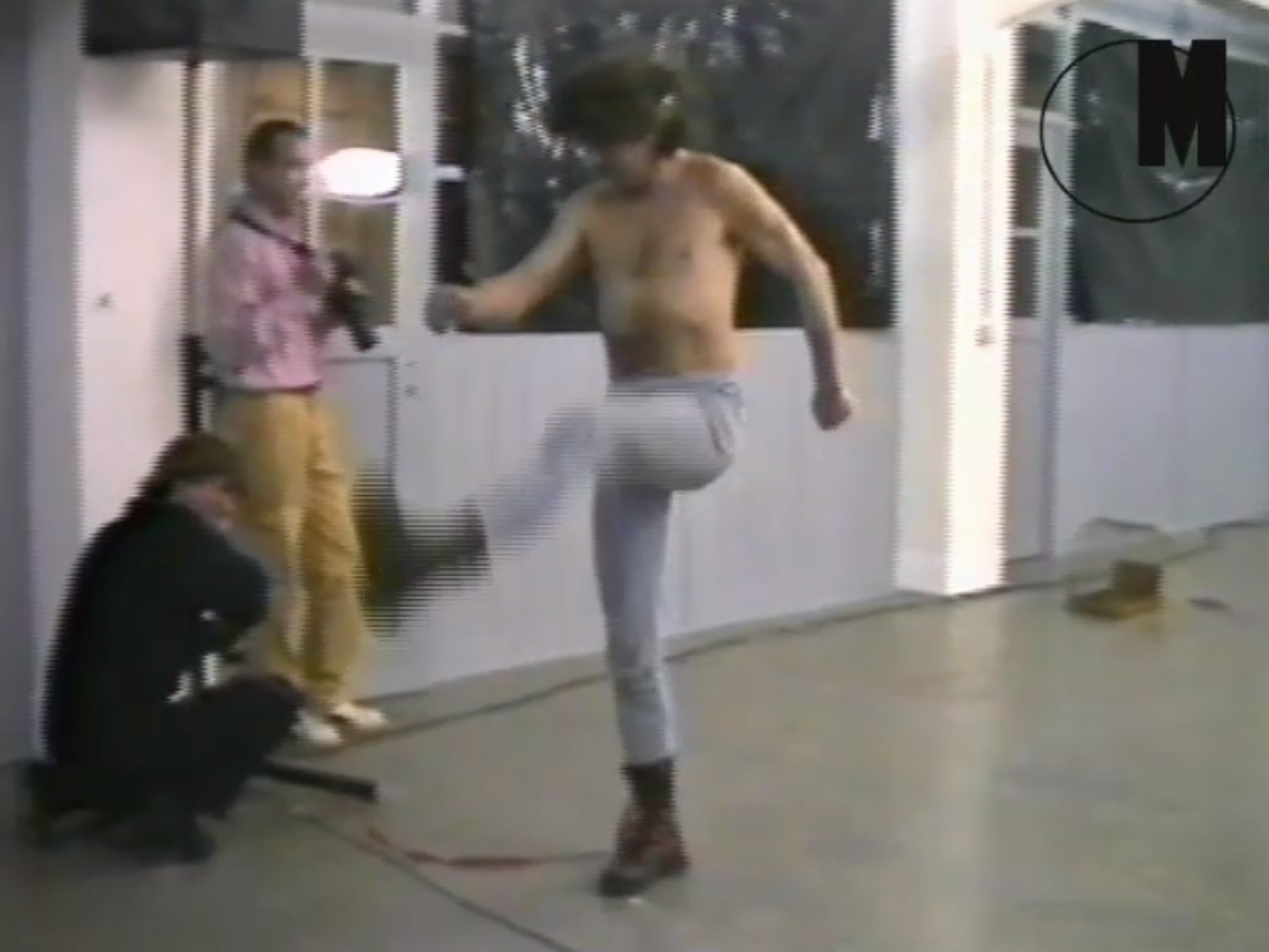
![Zbigniew Warpechowski, 'Marsz' [March], stillframe from a video registration of a performance, Stuttgart 1984, courtesy of Artists' Archives of The Museum of Modern Art in Warsaw](/courage/file/n13857/Warpechowski+-+kadr+z+perfo+Marsz.png)
Zbigniew Warpechowski affectionately repeats “I love you” to a yellow canary in a cage. The declarations become increasingly obtrusive and aggressive. He ties the canary to army boots with a red ribbon and commences to goose-step vigorously. The delicate canary tries to fly away, but time and time again is brutally pulled to the ground by the jolt of the military boot.
Afterwards he pours petroleum onto a plate and dips his hair in it. He sets the plate on fire, uses the flame to cut the ribbon and releases the canary. Finally he lowers his head, igniting his own hair and runs out of the room with his head on fire.
According to the description on the webpage of the Museum of Modern Art in Warsaw this represents a “one of the most explicit examples of the use of the language of aggression and self-aggression with the aim of amplifying the message encoded in the performance.”
The performance took place in 1984 in Stuttgart developing “the threads from the action at BWA Gallery in Lublin in 1983, which was interrupted by a group of hooligans sent by the security services.”
The Museum’s commentary suggests that the numerous layers of the performance also include a commentary to the brutality of the martial law introduced in in December 1981 and formally lifted shortly before Warpechowski’s performance: “The situations which tapped into the artistic means of aggression often had existential meaning. Here, burning the hair was one of the gestures that served the purpose of materialising the notion of «nothing». However, there is also a clear political message to the performance, understood as an act of protest against martial law in Poland.” Źródło: Zbigniew Warpechowski, Marsz, Archiwum Polskiego Performansu, https://artmuseum.pl/en/archiwum/archiwum-polskiego-performansu/2648/126977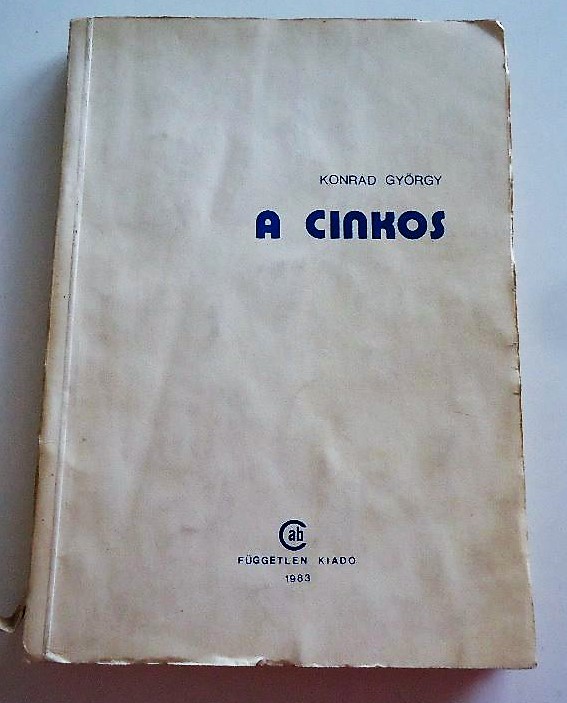

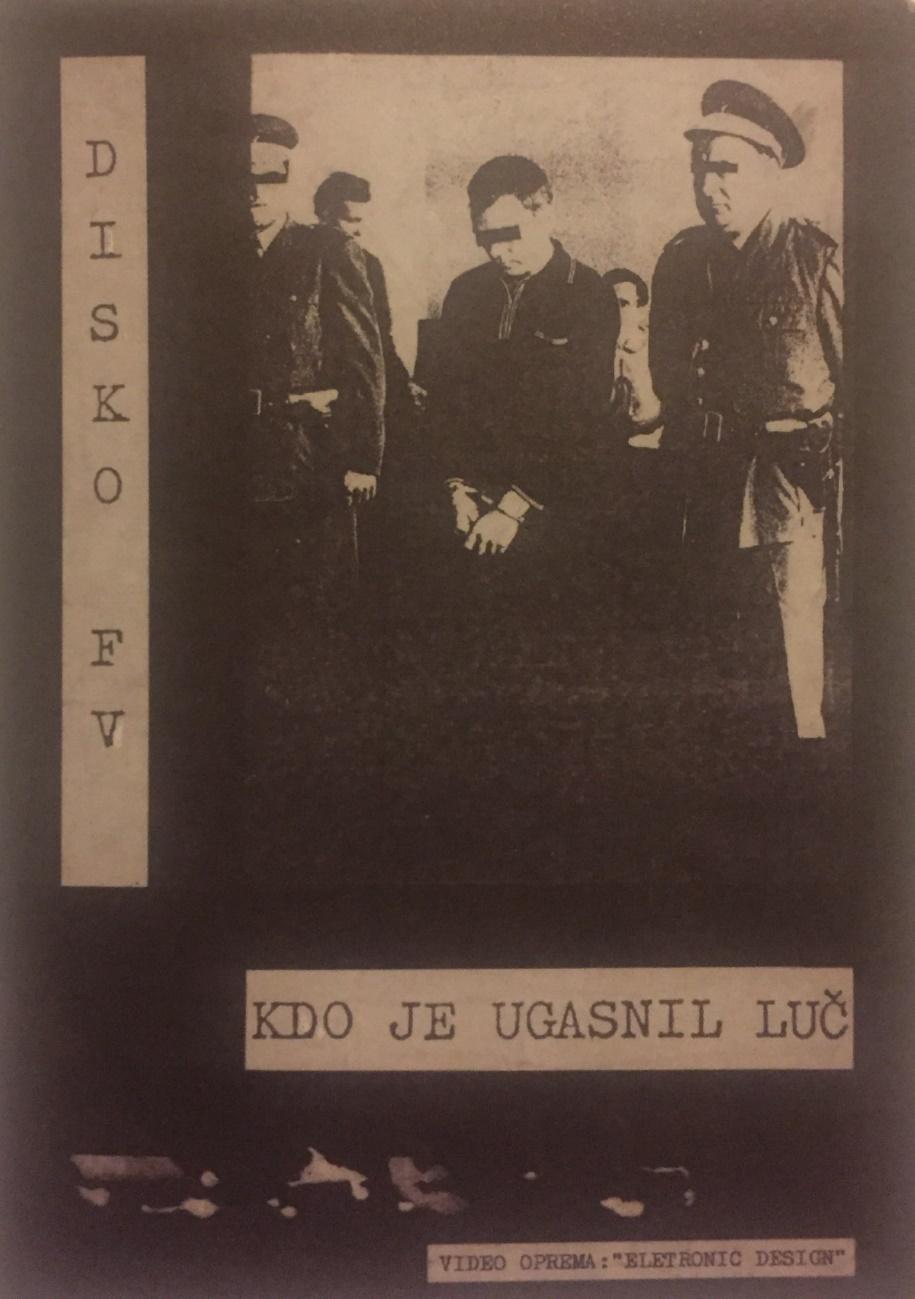


In 1983, FV Video and the band Borghesia (Neven Korda, Goran Devide, Zemira Alajbegović, Aldo Ivančič, Dario Seraval, and Sergej Hrvatin) staged the performance Kdo je ugasnil luč? (Who turned out the lights?) as part of the Spring Festival. The content of the show was transmitted by a variety of devices, such as slide projectors, film projectors, and even a video projector to a structure of television monitors, loudspeakers, and screens. As Neven Korda says, the eclecticism in their manner of expression led them to think of themselves as a “punk theatre.” They saw in punk a certain energy that tears down the old without disdaining the past: “We wanted to rescue the past from servitude to the bureaucratised apparatuses of the state’s ideology.” The FV theatre’s show sought inspiration in topics from art history and society in general. It was a spectacle with its principal focus on the media.
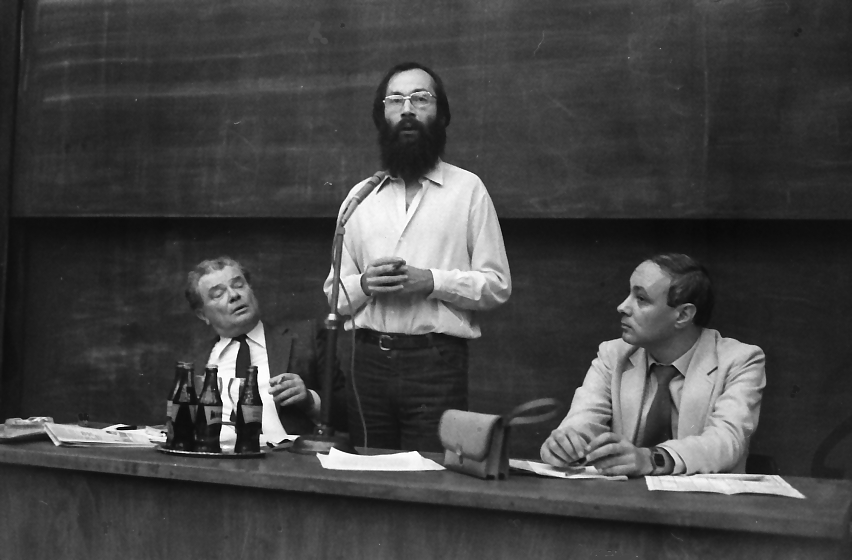
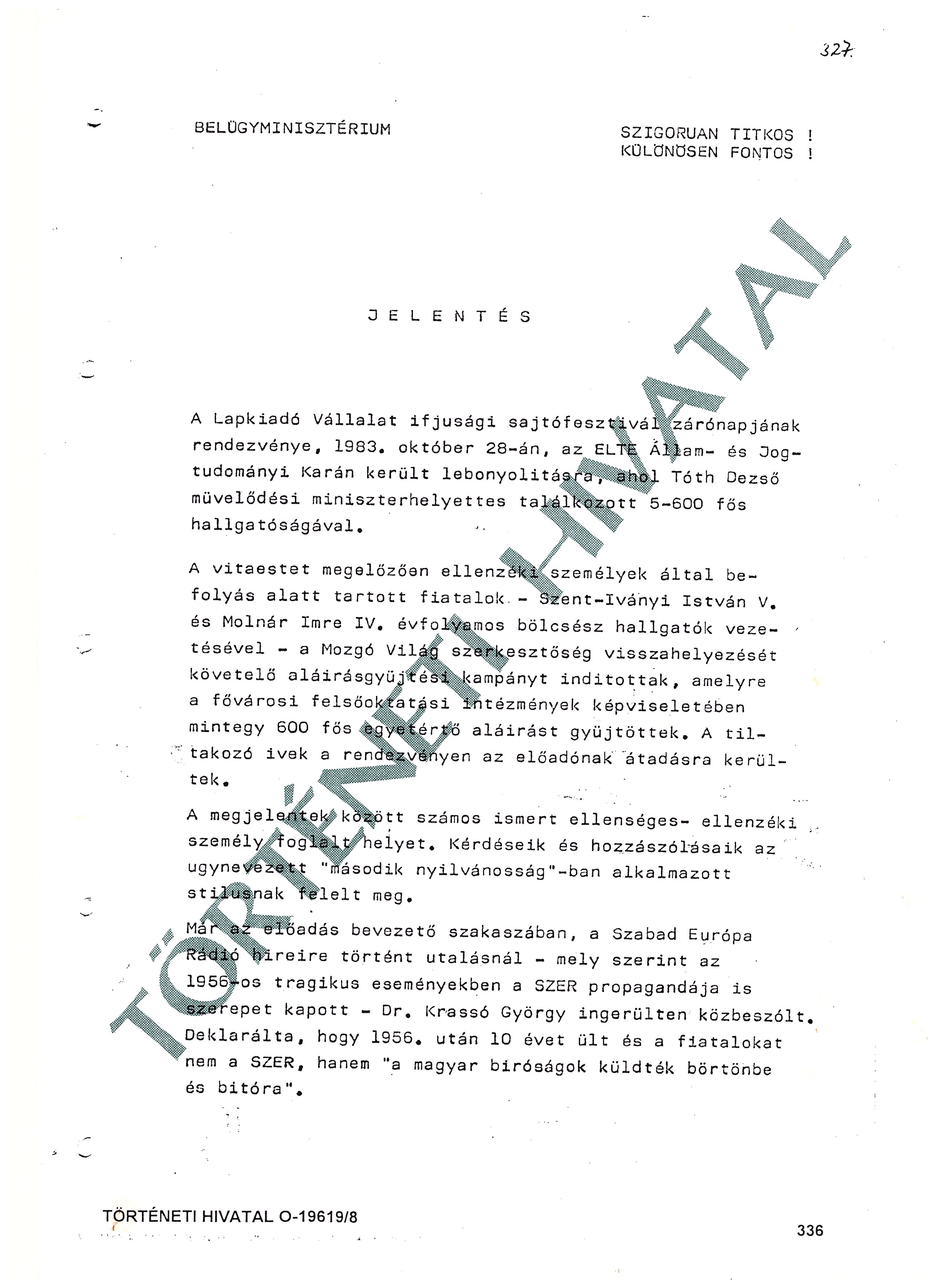
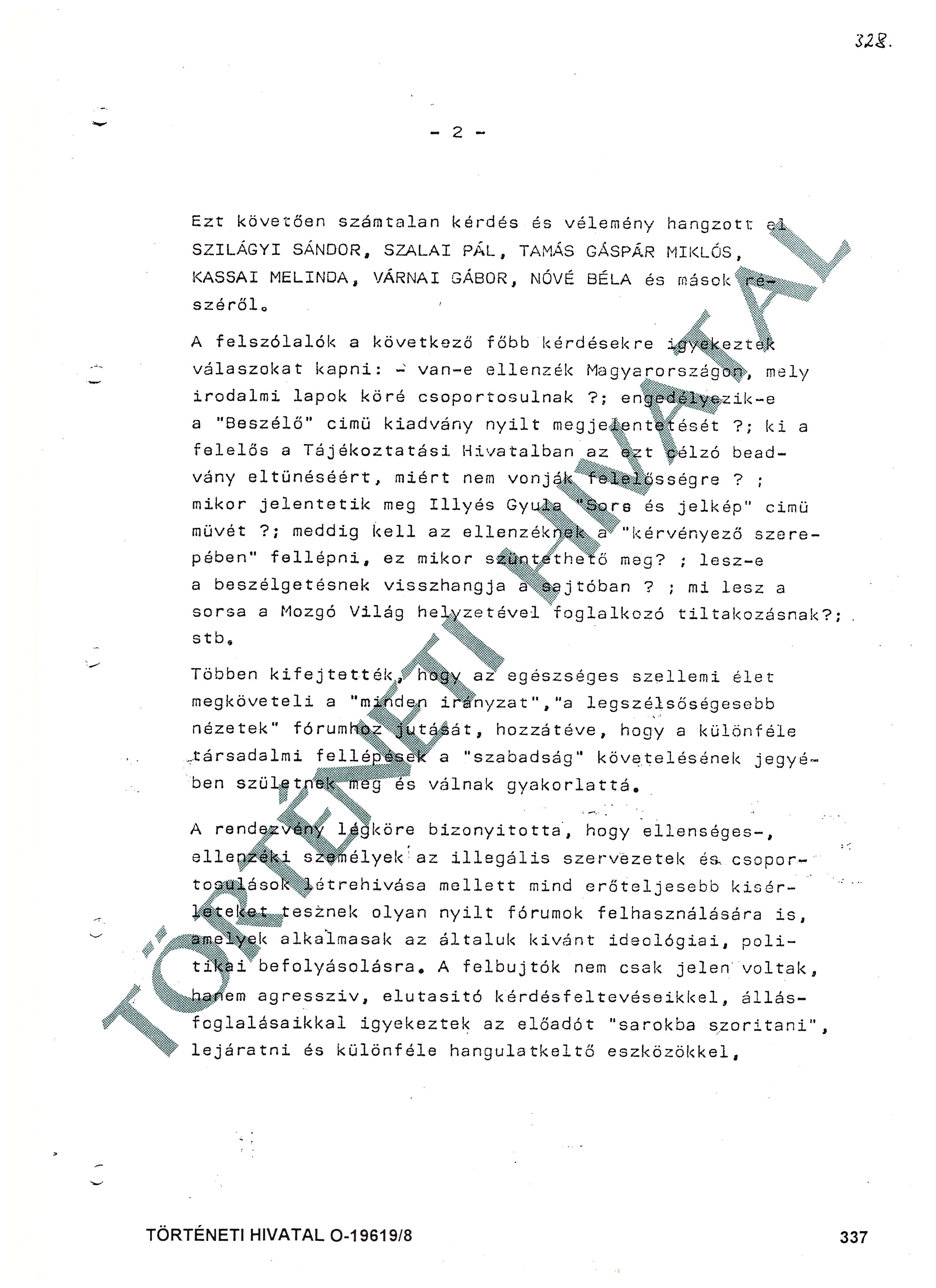
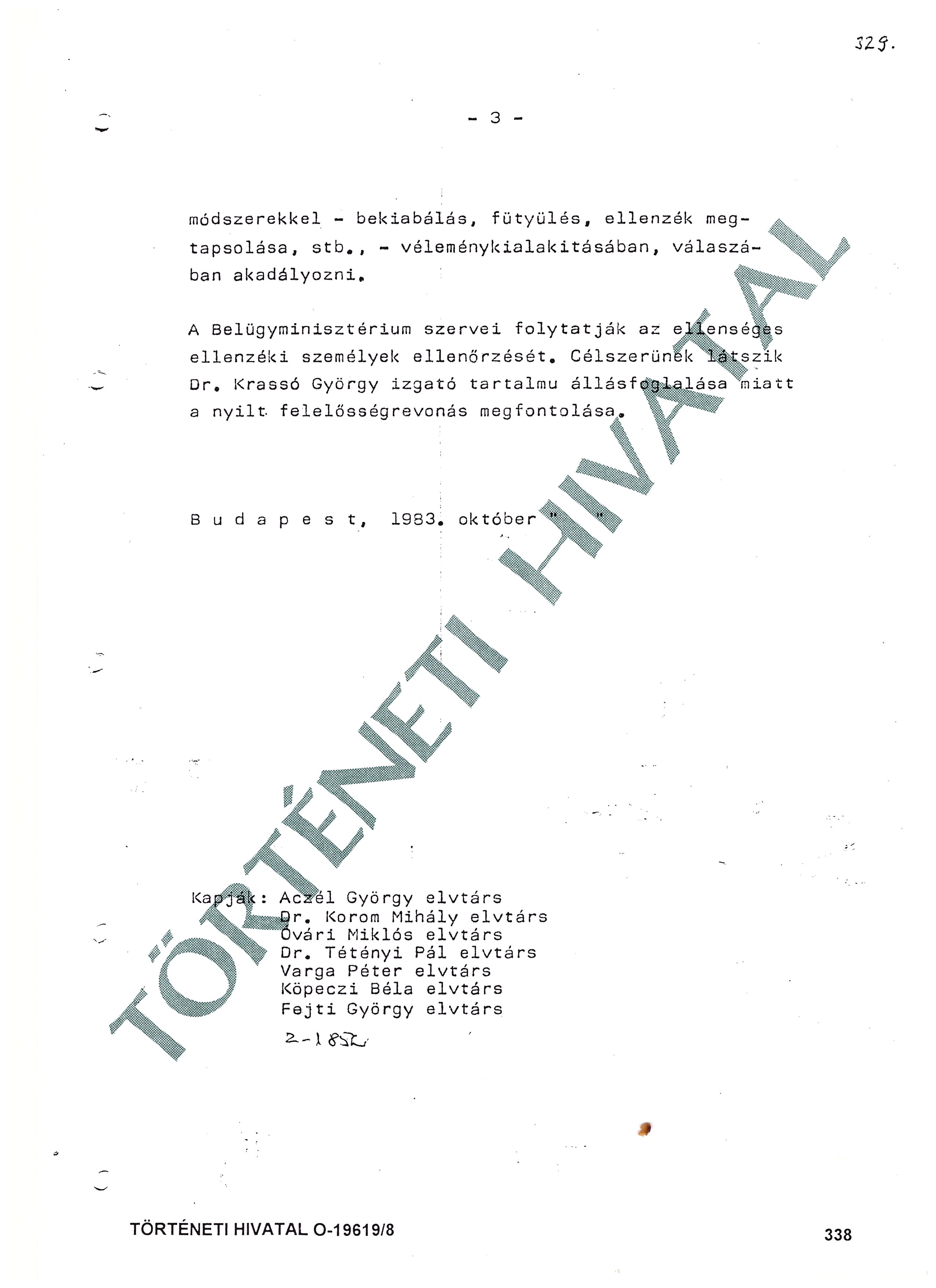

On the 28th of October 1983, there evolved a stormy public debate at the Faculty of Law, ELTE Budapest, about the scandalous case of “World in Move” between the official speaker of the event, the Deputy Minister of Cultural Affairs, Dezső Tóth, and the audience of some 600 students and young intellectuals. By that time the chief editor Ferenc Kulin had been replaced for more than a month, and the whole editorial staff of the journal resigned in demonstration, and the Budapest students protested with a large-scale signature collecting action.
The debate, which lasted nearly four hours, was intended to be held as a routine procedural event of the Youth Press Festival. However, due to its enflamed topics, the Hungarian Broadcast of Radio Free Europe in Munich also reported on the program, and the emigre press Irodalmi Újság – Gazette Litteraire Hongrois later on published lengthy details of the recorded speeches. The main issues of the evening were: the misdeeds of censorship, and lack of freedom of press and democracy. The paper sheets of the collected student signatures were passed by Ferenc Langmár to the deputy minister with the noisy ovation of the audience. Among the speakers there were some well-known activists of the Hungarian democratic opposition, like the philosopher Gáspár Miklós Tamás, who ended his speech by saying: “We do not desire scandal, but liberty!”
The editor of “World in Move,” Mária Helle, documented that famous evening with a number of photographs, and the Ministry of Interior did too, preparing a report for the party leadership; a secret document has survived at the Historical Archives of the State Security Services (ÁBTL).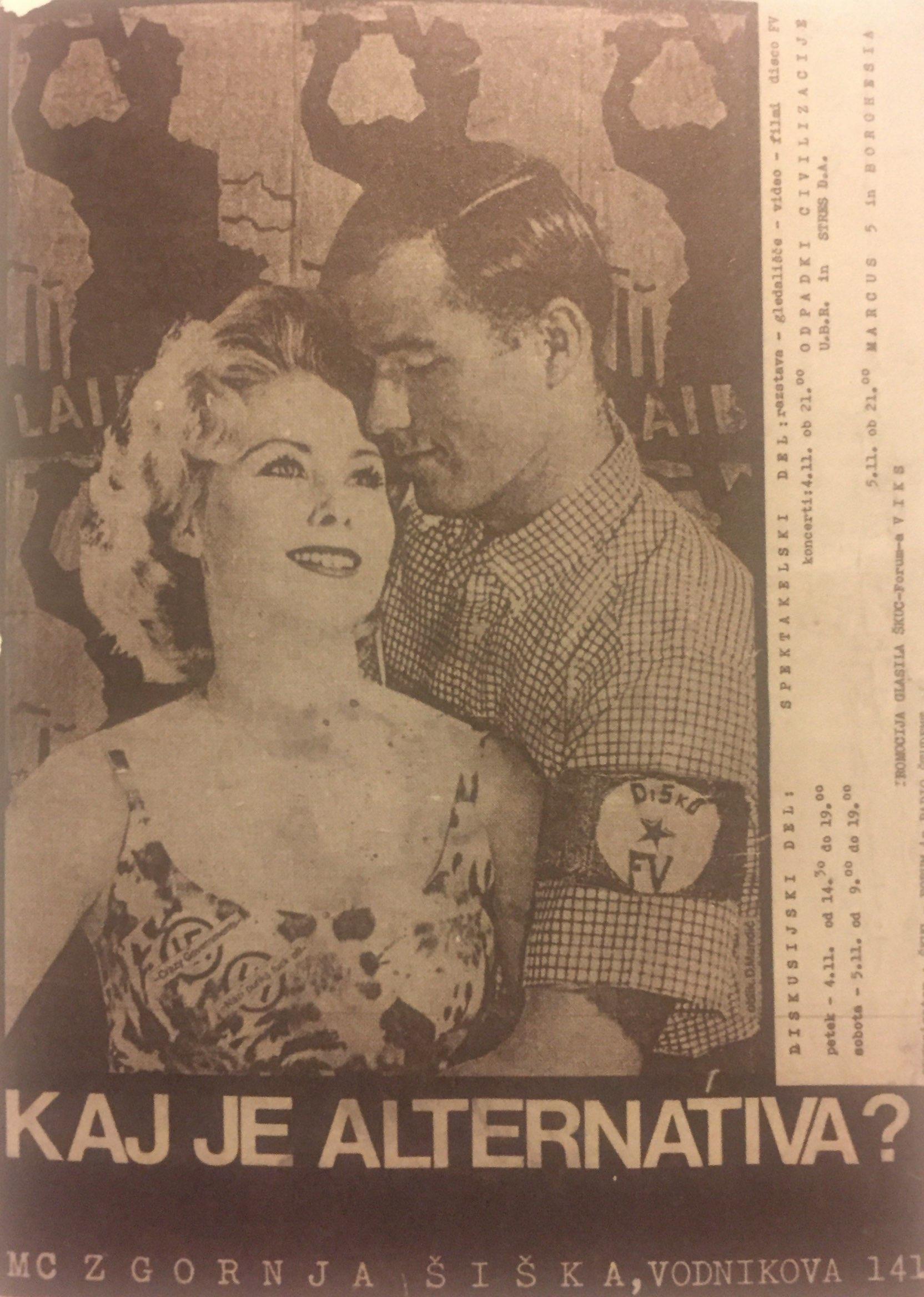


The event Kaj je alternativa? (What is the alternative?) was organised by the FV group in Šiška Youth Centre in Ljubljana. In May 1983, the FV 112/15 group entirely moved its social activities from Disco Študent, situated in the basement of Building IV in the Rožna dolina student dormitory complex, to the Šiška because the authorities were exerting pressure on them. The poster was designed by Dušan Mandić, later a member of the Irwin group and Neue Slowenische Kunst.
Mandić’s design for the poster, which advertised the event, combined aspects of the aesthetics of the FV group and the band Laibach, with elements appropriated from socialist aesthetics mixed ambiguously with elements of petit-bourgeois romanticism. The poster underscored the FV brand, reproducing in the background a Laibach woodcut, the Metalworker, along with the band’s name (Laibach), which was prohibited at that time because of a crossed-out swastika, and slogans. This poster earned Mandić a visit from the police, which arrived with a search warrant, although Mandić was never prosecuted in court for it. Mandić says that the poster was made because Igor Vidmar, who wore two badges with anti-fascist content but decorated with swastikas on them, was imprisoned for two months. Mandić also included the problematic badges on the poster, and this was the reason why the police questioned him. At the police station, he stated that he was only a contractor, since the League of Socialist Youth of Slovenia and Radio Student has commissioned the poster and, therefore, they should be placed in custody.
Soon cultural theory came to the defence of the subculture for the first time. The poster was even printed in Mladina in a somewhat censored form, but it appeared in full in the first issue of the alternative publication Viks. The event What is the alternative? was organised as a theoretical symposium, featuring some of Slovenia’s most prominent contemporary theorists, artists and cultural figures, such as Slavoj Žižek, Rastko Močnik, Lev Kreft, Pavle Gantar, Iztok Saksida, Dušan Mandić, etc. Some people were disappointed because the debate remained at the theoretical level and did not address some of the real issues that the alternative scene was grappling with, such as battles over space or the legal problems faced by the band Laibach. The event What is the alternative? revealed certain other internal contradictions within the alternative scene.
SOURCE: Grafenauer, Petja, Nikolai Jeffs, Neven A. Korda, and Rawley Grau. FV: alternativa osemdesetih = alternative scene of the eighties. ed. Bred Škrjanec, Ljubljana: Mednarodni grafični likovni center, 2008 and http://www.delo.si/kultura/razstave/predirwinovske-razglednice-d-m.html
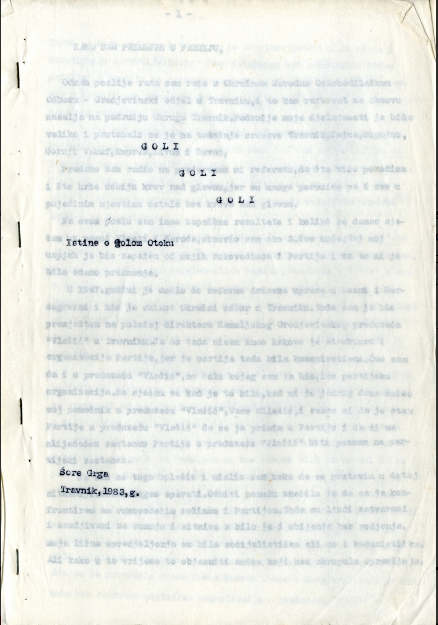

“Goli Goli Goli – The Truth about Goli otok” is a typewritten text about the days of captivity on Goli otok, but it is partially different from the original, and begins with a short biography of the author before his arrest, including specific events that preceded the arrest. Šore spoke about his arrest in Travnik in June 1949 and his transfer to the prison in Sarajevo. On September 1949, about 400 detainees were transported by train from Sarajevo to Herceg Novi, and then by truck to the former Austro-Hungarian fortress on Cape Oštro at the entrance to Boka Kotorska Bay. There, Šore's group joined detainees from Montenegro, and then all boarded a ship that took them to Goli otok. This was the first group of "Cominformists" who came to Goli otok. Before them, there was a smaller group of people on the island who welcomed them with clubs, curses and verbal abuse. Šore spent three years in this environment, in which he experienced the most brutal methods of political “re-education.” Immediately upon their arrival at the prison camp, all inmates had to publicly present facts about their "hostile work" against the communist regime and plead guilty. Also, all inmates had to go to the State Security Administration office to report all the “enemies” among inmates or among those who were still outside the prison camp. Political meetings were held regularly in the prison camp, where the criminal conduct of a particular inmate was discussed based on evidence obtained by mutual spying. Furthermore, ‘cultural-educational’ work was carried out every night, which consisted of reading Party literature, making posters, writing pamphlets, and even short comedy shows. In all forms of cultural and educational work, Josip Broz Tito and his policy in conflict with the Cominform Resolution was praised by the detainees (Interview with Peić Čaldarović, Dubravka).
The prison camp's administration punished inmates with brutal methods that consisted of heavy physical labour, inciting violence among inmates, psychological abuse, and deprivation of food and water. According to Šore's memories, the main penal measures in the camp were: boycotts (severing of any communication with an inmate, overtime labour and reduction of food and water rations), carrying "Anita" (exhaustion by carrying a heavy load), tracer (exhaustion caused by carrying heavy loads with another inmate), the swan (exhaustion by carrying a heavy load together with six other detainees) and the chamber-pot ‘honour’ (guarding the wooden lavatory in the barracks many times per day or for many days). The physical exhaustion of inmates was done to psychologically transform them, or erase their personalities, to create persons loyal to the Party led by Tito. Inmates who underwent been internal punishment or refused to submit to political "re-education" ended up in Building 101. Its purpose was to break disobedient detainees with more difficult conditions of daily labour and more extreme torture methods (Interview with Peić Čaldarović, Dubravka).
Šore described each of these situations and methods of political "re-education" precisely from his own experience or based on the example of one of his fellow inmates. He illustrated some of the most difficult aspects of everyday life with his own drawings under the heading: Tracer/Carrying Heavy Rocks, Water and Food/Boycott by the Wall, Chamber-pot Honour /Swan (Interview with Dubravka Peić Čaldarović).

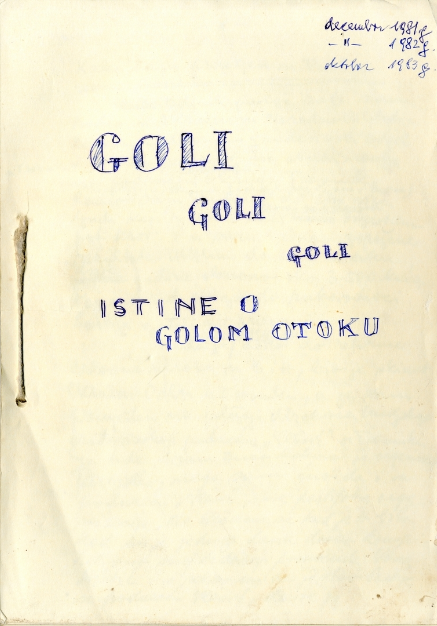

The Grgo Šore Goli Otok Collection is part of a broader collection consisting of documents from personal and family bequests and is kept in the Croatian History Museum. The collection includes documentation about Goli otok (a small rocky island in the Adriatic Sea), official correspondence, newspapers and photographs. In his manuscripts, Grgo Šore described in detail all of the horrors he experienced on Goli otok during his captivity as a falsely accused “Cominformist.” Particularly noteworthy are the drawings depicting the brutal treatment of inmates by the prison guards.
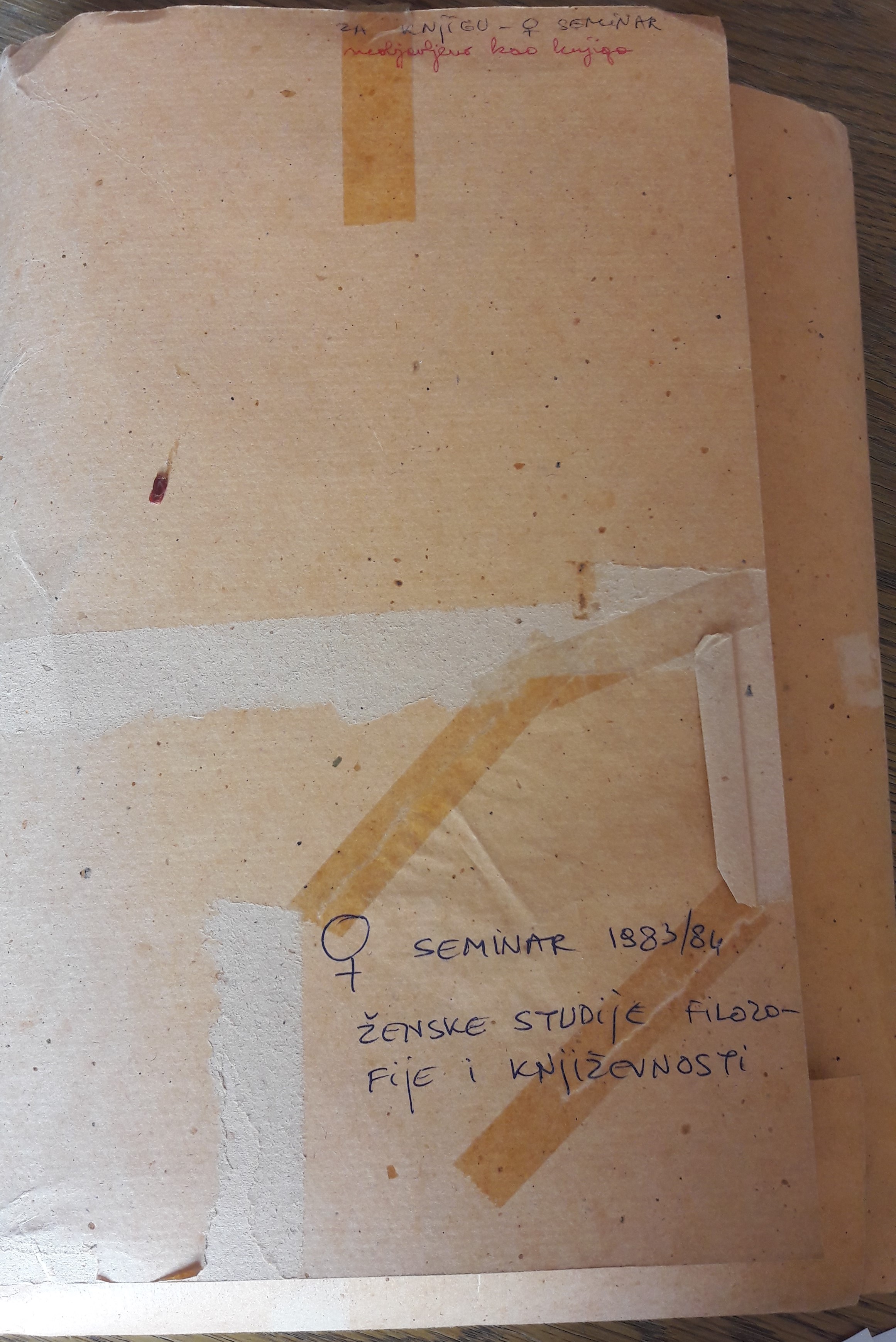


The Woman and Society Feminist Collection at the Centre for Women's Studies in Zagreb consists of one register containing the manuscripts from the lecture cycle which was organized by the "Woman and Society" Section in 1982/83. The lectures dealt with the “woman question” in the historical context, as well as the “woman question” issues in socialist self-management and Marxist theory. The Collection testifies to the engagement of a smaller number of intellectuals who sought to put the “woman question” into public focus, thus affecting the improvement of the status of women in Yugoslavia, while the authorities argued that it was unnecessary because they thought that the ˝woman question˝ was resolved within Marxism.
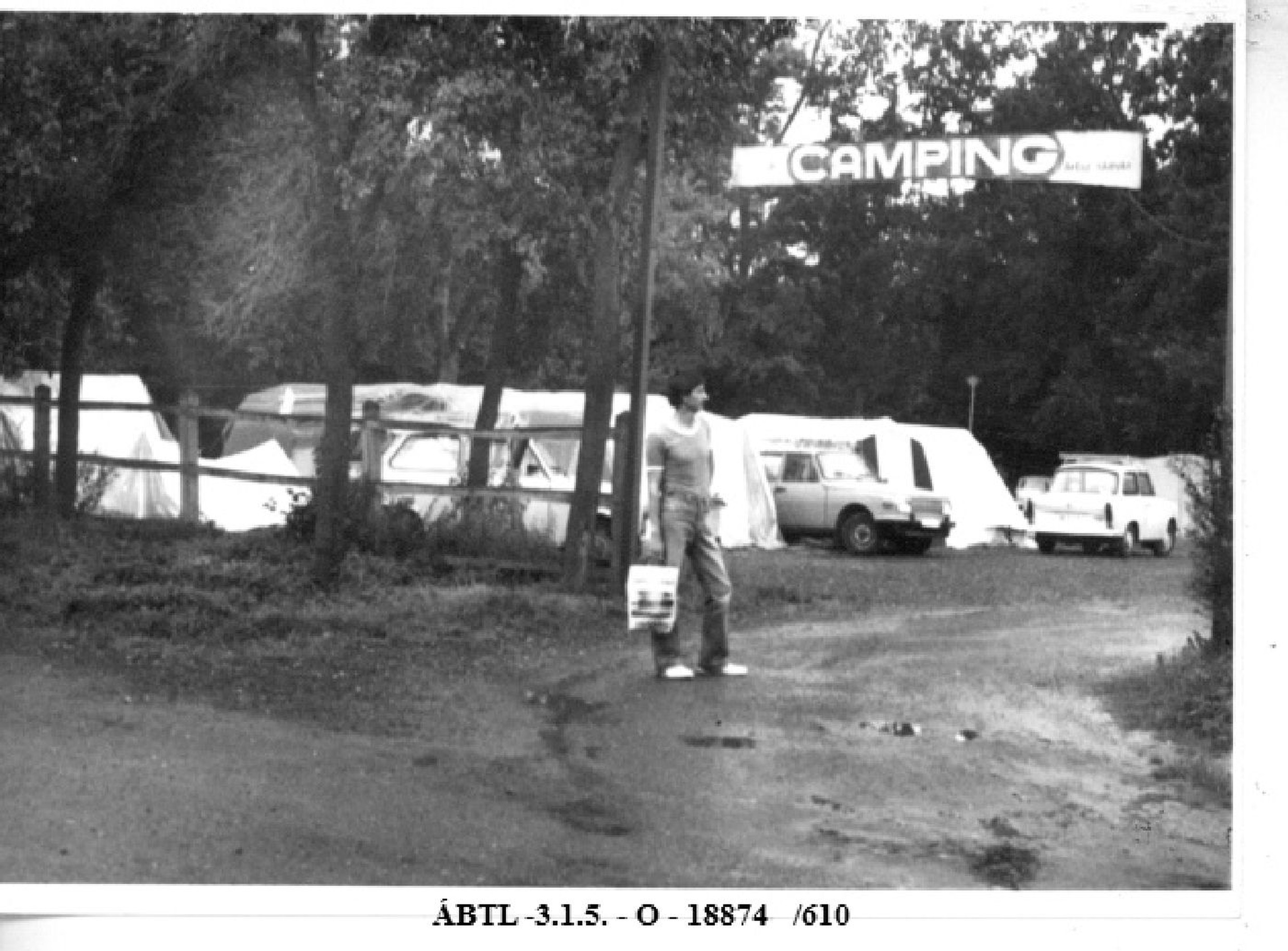


The folder with “The campers” as its cover name is kept in the Historical Archives of the Hungarian State Security forces (Állambiztonsági Szolgálatok Történeti Levéltára – ÁBTL). It includes reports on and photographs of the religious group named Christian Community. The camping trips taken by members of the group in 1983 and in 1984 were the focus of the state efforts to keep the group under observation. The photo collection is the result of secrtet observation work and the method of taking photos from a hiding place. Moreover, this is a vestige of the information-collecting practices of the political police which seems, now, a little grotesque. The documentation of the meeting, which was labeled illegal, was followed by intervention by the police.
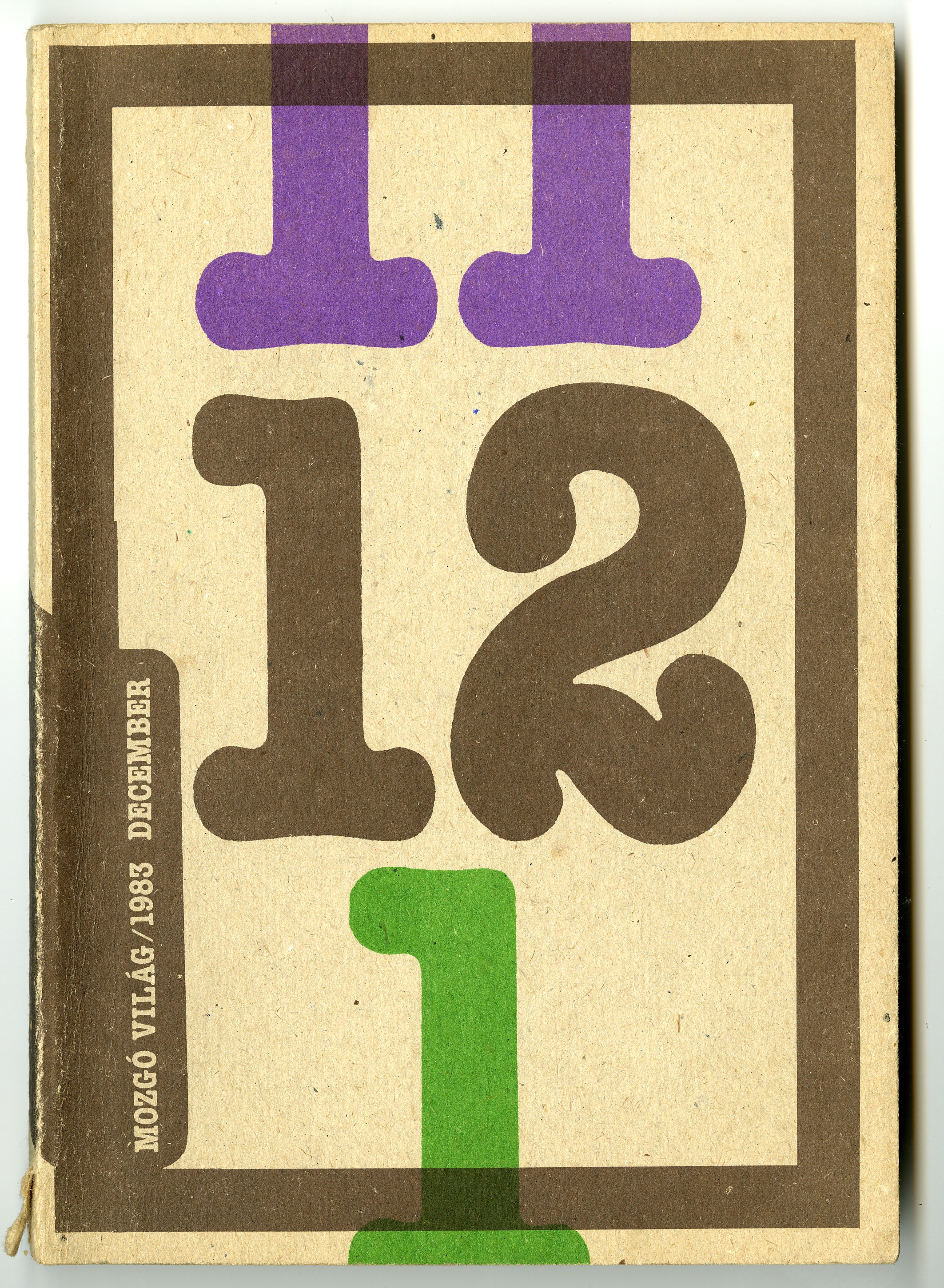


Bár a szerkesztőség még több számra való anyagot készített közlésre elő, a ’régi’ Mozgó Világ utolsó – kinyomtatása után betiltott, bezúzott – lapszáma az 1983 decemberi volt.
Valójában búcsúzó gesztus s egyben mementó volt ez, melyet a szerkesztők szinte teljes egészében Bibó István kiadatlan kéziratos tanulmányának s a róla rendezett történész vitának szenteltek.
A szám elején Illyés Gyula és Egyed Péter versei állnak, mintegy mottóként. (Az 1983 áprilisában elhunyt Illyés volt egyik versével a Mozgó Világ címadója – így kettős tisztelgés volt emléke előtt, hogy a búcsúszám élén két versét közölték.)
Ezután Bibó István nagyívű tanulmánya: Az európai társadalom fejlődése teszi ki a lapszám túlnyomó részét. Az erősen antimarxista eszmetörténeti művet Bibó 1971-72-ben mondta hangszalagra, majd leírt szöveget halála után fia, ifj. Bibó István javította és rendezte sajtó alá.
’Európa, társadalom, fejlődés’ címmel ezt egy kerekasztal-beszélgetés követi a Bibó-tanulmányról Ágh Attila, Németh G. Béla, Szabad György és Szücs Jenő történészek részvételével. Végül Ludassy Mária filozófus reflexióját közli a lap ’Krisztus és Condorcet. Hozzászólás Bibó István humanista utópiájához’ címmel.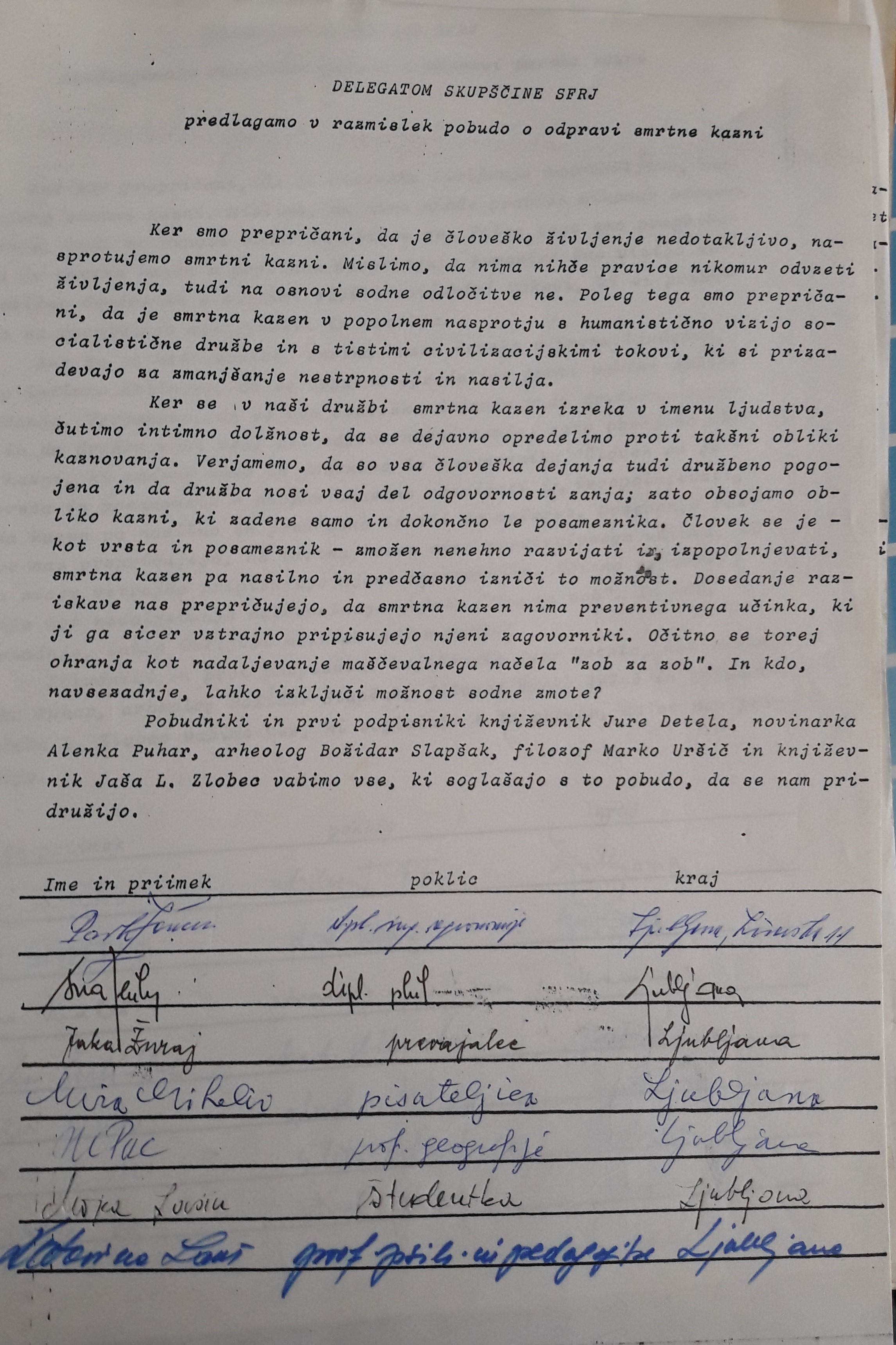

At the beginning of the 1980s, citizens in Slovenia became more aware of the need for their involvement in decision-making processes and that brought about the first initiatives to protect human rights. One of those initiatives was a petition for the abolition of the death penalty in Yugoslavia. A group of activists, including Alenka Puhar, collected signatures for the abolition of the death penalty and sent them to several institutions on November 23, 1983: to the Assembly of the Socialist Federal Republic of Yugoslavia (SFRY/SFRJ), the League of Communists of Slovenia (LCS/SKS), the League of Communist Youth of Slovenia (LCYS/SKOS) and others. The petition was discussed in public and among the political leadership, and it was published in Ljubljana’s magazine Mladina on December 1, 1983. However, the petition did not produce any results at the time. The death penalty in Slovenia was abolished only in 1989 at the time of the Slovenian Spring.
Alenka Puhar's collection contains the original petition with signatures that were collected in that campaign. Puhar testifies that over 1,500 signatures were collected. She wrote about her experience working on this petition in the book Peticije, pisma in tihotapski časi (Petitions, Letters and a Time of Smuggling) which she published two years later. (Puhar 1985: 152)
The twelfth issue of the “Sci-fi magazine” was published in Teplice in 1983 and was the last to be published by the sci-fi club in Teplice. In this issue, a religious story was published that caused the founder to prohibit further publishing of the magazine, which in the short term led to the club being closed. It was probably due to the story of Eva Novakova, which she called "How It Was with the Whale" and refers to the Old Testament story of Jonah and the Whale. This event did not slow the activity of others, rather the fanzines grew throughout the country.
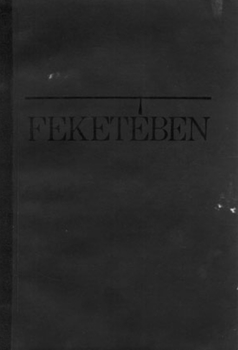

During the search of 18 May 1983, among the objects confiscated from the collection of Dan Petrescu and Thérèse Culianu-Petrescu were forty-five typed leaves of a manuscript representing an unusual literary project: the collective novel “Furrows Across the Baulks” revisited. The manuscript had four authors. In addition to Dan Petrescu, these were Luca Piţu, George Pruteanu, and Sorin Antohi. “Furrows Across the Baulks” revisited was a rewriting, in a satirical register, of a quite well-known proletkultist novel by the Hungarian writer István Horváth, translated into Romanian in 1953. The original title Furrows Across the Baulks had inspired the rereading of the collectivisation process in an ironic key by the four young intellectuals. The manuscript existed in a single copy, which passed from hand to hand with each of the four adding a chapter, so at the time of the search all material trace of the existence of this collective literary enterprise was lost. Regarding its confiscation, Dan Petrescu recalls: “At the same time they asked me about the novel [‘Furrows Across the Baulks’ revisited]. I said to them: ‘Why are you still looking for it? Because you’ve already got it.’ They had taken it from George Pruteanu. […] It didn’t exist in more than one manuscript. There were no copies. It passed from one to the next and each one added to it. They were also looking for letters in the search.” The Securitate had found out about the existence of this satirical novel at the end of 1982, when at the Young Writer colloquium in Buzău, Sorin Antohi read pages from the collective manuscript, imitating Ceaușescu’s voice when excerpts from Gheorghiu-Dej’s speeches were cited. According to the Securitate’s evaluation, in this novel “the policy of the Party regarding co-operativisation is ridiculed, […] with suggestive allusions to the higher leadership of the Party and of the state.” The public reading of the manuscript at this colloquium effectively meant its dissemination at national level, and what might just about have been tolerated at local level became dangerous when it came to have an influence on others.
By the time of its confiscation, the novel had an introduction by Dan Petrescu and nine chapters, each by one of the four authors, as follows: ”Şi caii se împuşcă, nu–i aşa?” (They shoot horses, don’t they) (Sorin Antohi); ”Un chirov, două chiroave” (One Chirov [tractor], two Chirov[s] [tractors]) (Dan Petrescu); ”Din neagra țigănie, mânca–ți–aş!” (From black gypsydom, damn it!) (George Pruteanu); ”Visul tovarăşului inginer agronom” (The dream of Comrade Engineer Agronomist) (Luca Pițu); ”Azi e zi de sărbătoare” (Today is a festival day) (Sorin Antohi); ”Iar steluța cea de sus, ce-o mai fi având de spus?”(Little star up in the sky, what more do you have to say?) (Dan Petrescu); ”Vicii la Sfat” (Vices at the Council) (George Pruteanu); ”Dictotaurul” (The dictataurus) (Luca Pițu); ”Ascensiunea lui Iordache Leahu poate fi oprită” (The rise of Iordache Leahu can be stopped) (Luca Pițu). The action takes place in the village of Chipeşeni, in the commune of Dimparis, a transparent allusion to the Paris Commune (in Romanian, “Comuna din Paris,” barely masked by the replacement of “n” by “m” before “p” as required by the rules of Romanian orthography). Twenty-three of the forty-five pages confiscated during the search have been discovered in the CNSAS Archives. They represent, as Sorin Antohi has put it, an “embryo of samizdat,” whose cultural references are carefully camouflaged through the use of sophisticated language. Understood only by a very limited public, this manner of encrypting messages was characteristic of the period, and was one of the most commonly used strategies to fool the censors, but it had the great disadvantage of making for “difficult reading even at the time.” Now the novel is “a text whose cultural references are effectively foreign to young people.” According to Dan Petrescu, however, a Securitate officer reckoned during the interrogations of 1983 that the publication of such novel at that time would have twisted young people’s minds. The fragments discovered in the CNSAS Archives were published in the volume Artelul Textual - «Brazde peste haturi» revisited: Pagini salvate dintr-un samizdat colectiv (The textual [c]artel – “Furrows across the baulks” revisited: Saved pages from a collective samizdat) (Iași: Editura Opera Magna, 2011).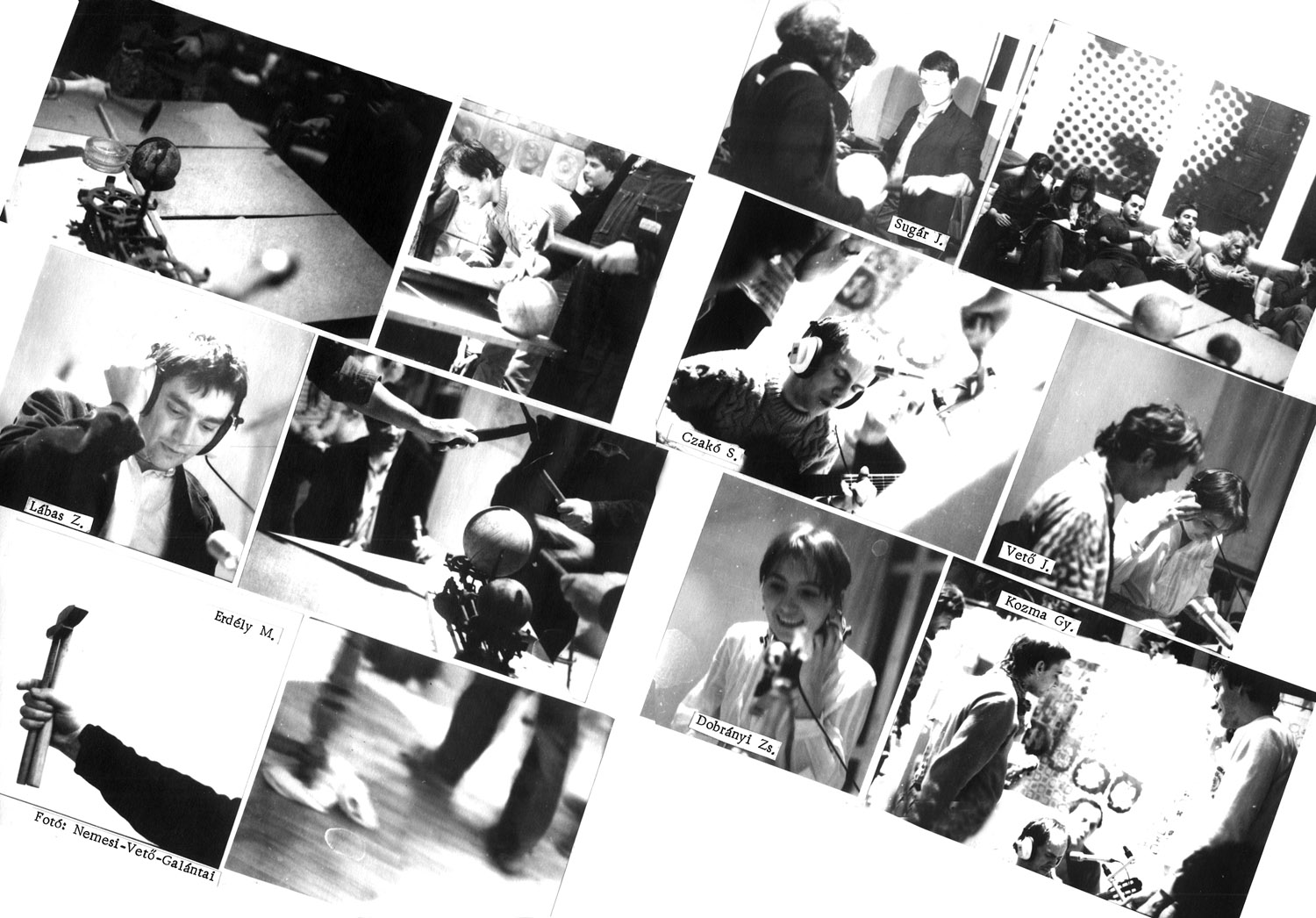



The Budapest-Vienna-Berlin telephone concert, which was held on April 15, 1983, was an extraordinary telecommunication event which took place simultaneously in Vienna (studio of the Österreichische Kultur-Service), Berlin (Auf und Abbau Gallery), and Budapest (Artpool Studio). Artpool got in contact with the organizer of the event, media artist Robert Adrian X, through János Vető. The Artpool Letter published a report on the event (AL 4, 1983).
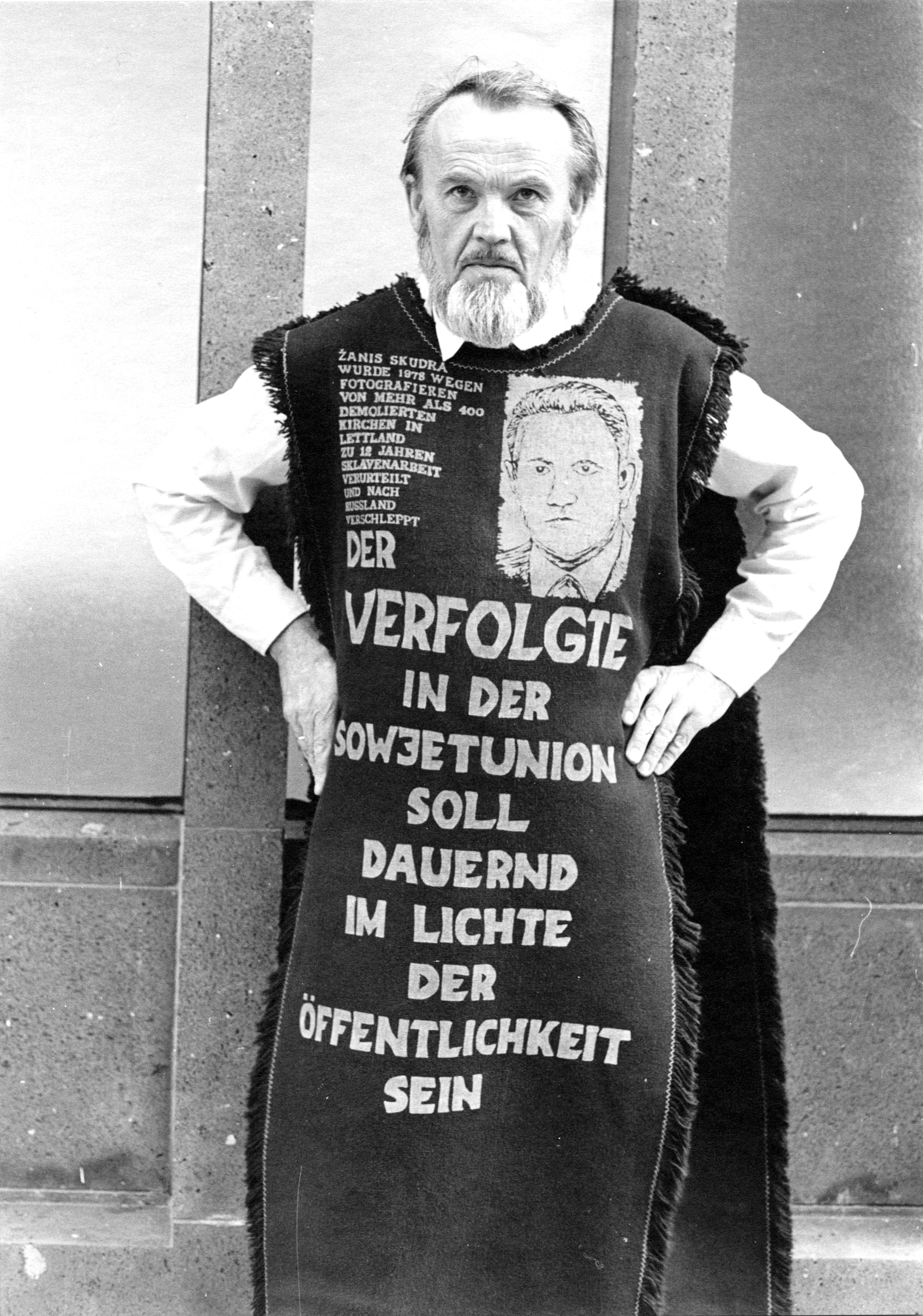

There are three wraps in the collection. These wraps were used by Paulis Kļaviņš and other activists in Hilfsaktion Märtyer-Kirche (HMK) and the 'Action of Light' in street actions in West Germany and France in 1983. Two are made from brown-coloured fabric, the third is made from black-coloured fabric. On the wraps are printed portraits of Soviet political prisoners: Dmitry Minyakov, Vytautas Skuodis and Lidija Doroņina-Lasmane, and inscriptions such as: 'Die Verfolgten in der Sowjetunion berätingen unsere Solidarität'. These wraps are used by the museum in a multimedia exhibition.
 Milovan Đilas, The new class: an analysis of the communist system [Nova klasa: anatomija jednog morala], 1983. Knjiga
Milovan Đilas, The new class: an analysis of the communist system [Nova klasa: anatomija jednog morala], 1983. Knjiga
The New Class, a book by the Yugoslav Communist dissident Milovan Đilas, is one of the most important political documents of its time, and according to the London Times Literary Supplement poll, one of the 100 most influential books of the latter half of the 20th century. Historian Mira Bogdanović believes that one of the reasons for its great influence is the assistance Djilas received from the CIA in writing, translating and distributing the book, all in the context of Cold War politics (Bogdanović, 2013).
The book was first printed in English in the United States in 1957, and it was translated into dozens of languages. It is a study in which Đilas analysed the socialist order and ideology, and systematically demystified the socialist system in Yugoslavia. The greatest significance of the book, the demystification of socialism, is due precisely to the fact that it was written by the former fourth man of socialist Yugoslavia and one of its key ideologues. The book was legally printed in Yugoslavia for the first time in the Serbian language in Belgrade in 1990.
In the context of the culture of dissent, the book provided insight into the nature and practices of the socialist society in Yugoslavia, thus influencing Croatian intellectuals in Chicago, their attitude toward Yugoslavia and their advocacy for an independent Croatia.
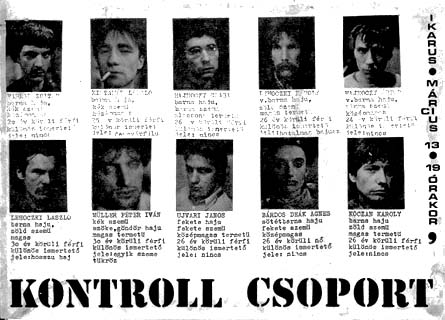

Szőnyei found this poster while wandering in Budapest in 1983. He was immediately captured by the originality of the work displaying members of the band Kontroll Csoport as if they were wanted by the police. Below their photos, a few “distinct characteristics” are listed. This was obviously a sarcastic, provocative message for the political power. At the time Szőnyei was not aware that this part of the poster was originally covered by another orange layer stating "Strictly Confidential!" that further added to the play on meaning.
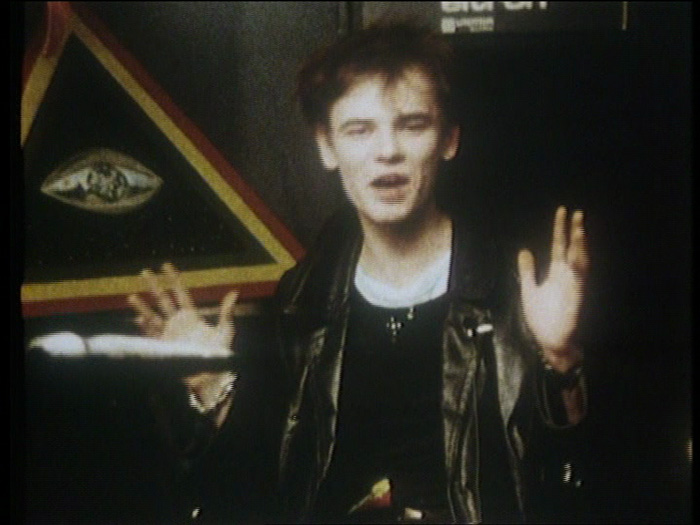

This brochure is one of the few publications printed in exile which dealt with cases of national opposition in the Moldavian Soviet Socialist Republic (MSSR). It illustrates Mihnea Berindei’s interest in the oppositional movement developing in Soviet Moldavia and seems to indicate that Berindei had some connections with the editor of this booklet, Nicolae Lupan. Lupan was one of the most well-known oppositional figures in the MSSR. After his deportation from the USSR for “Romanian nationalist activity” in 1974, Lupan settled in the West (first in Belgium, then in France) and was active in placing the case of his native MSSR on the map of anti-Soviet dissent and anti-regime opposition. The booklet purportedly reproduced a letter that Lupan had received in August 1982 from a mysterious group called “The Young Bessarabians,” but it might have been written by Lupan himself. In any case, no such organisation is known to have existed in the MSSR at that time. The brochure focused on the arrest and trial of the Usatiuc–Ghimpu–Graur group (National Patriotic Front), the most important oppositional movement which emerged in the MSSR after World War II. In the preface to the letter, Lupan emphasised his personal connection to the Usatiuc and Ghimpu families and to the entire organisation, also referring to another emblematic case of national opposition “from below” which had occurred in September 1970, when two young women, Asea Andruh and Lilia Neagu, wrote over forty “anti-Soviet” slogans on a number of public buildings in central Chișinău. Lupan further stated: “One pays dearly for national resistance in Chișinău. Just as for the word “freedom.” The freedom to express oneself, the freedom to write, the freedom to be silent… Yes, even the freedom to be silent! For, if someone never wishes to speak at the propaganda meetings, this person is viewed as suspect and treated as an untrustworthy element.” Lupan claimed that the original of the letter was written in Romanian, while he only published a French translation of the original, “strictly abiding by” the text’s content. The letter provided a detailed description of Usatiuc, Ghimpu, and Graur’s trial and the reaction of the public to their condemnation. The description of the events was fairly accurate, with the unknown author emphasising the “rabid anti-Romanian propaganda” which had been pervasive in Soviet Moldavia “for a number of years already.” Interestingly, this letter also mentions Petru Lucinschi, the future Moldavian party leader and post-Soviet president of the Republic of Moldova, as a “typical example of the traitor that the colonisers call ‘a national cadre.’ He Russified his name, he married a Russian woman and he has devoted himself, body and soul, to serving the interests of Soviet imperialism.” The author then inveighed against Russian domination in Moldavia, focusing on the lack of national rights and the various forms of persecution and injustice suffered by the local population under Soviet rule. After narrating in some detail the individual fate of the National Patriotic Front’s leaders as of 1982, the brochure also referred in passing to other cases of repression against “Bessarabian patriots” that had occurred since the 1960s (including Gheorghe Muruziuc, Mihai Moroșanu, the Andruh–Neagu affair etc.). The strong-worded conclusion stated: “the Russian authorities pursue their plan to annihilate the Romanians of Bessarabia, a fact that can be qualified as genocide without bloodshed.” The natural solution to the Moldavians’ plight was, not surprisingly, “reunion with the Mother-Country – Romania.” This text, coupled with several other works by Nicolae Lupan to be found in Mihnea Berindei’s library (e.g., Bessarabie, terre roumaine, published in Brussels in 1982) proved that Berindei displayed a constant interest in the Moldavian case, possibly also helping the few exiles from the MSSR who had settled in the West to present their views to a wider audience.
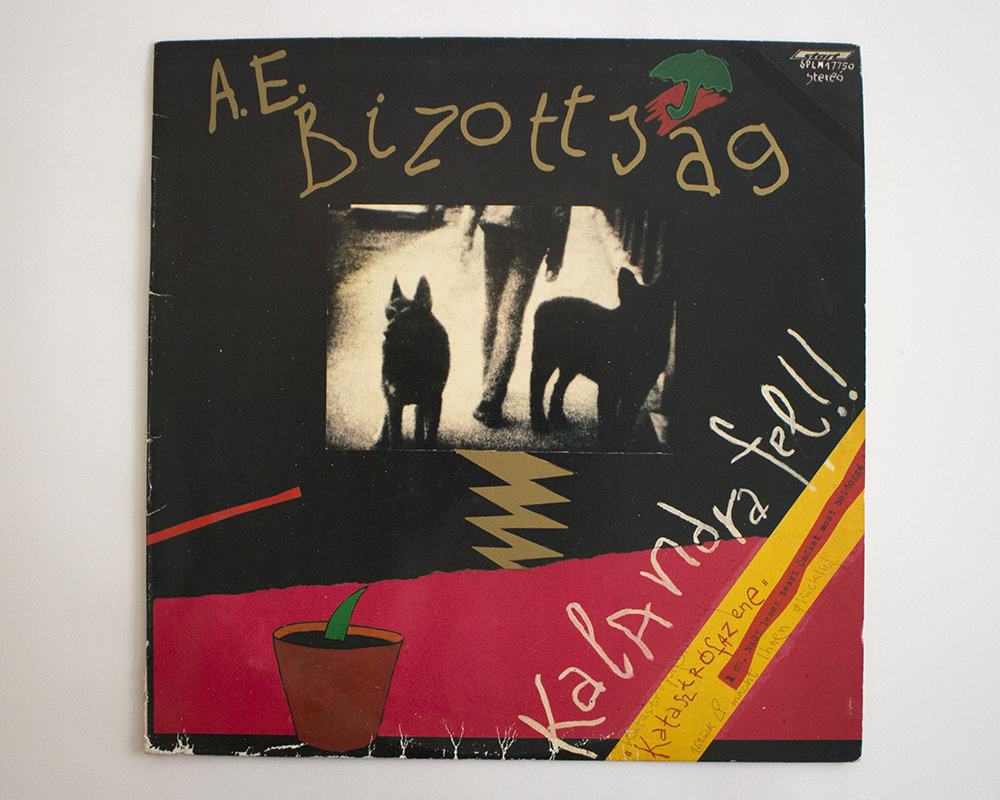
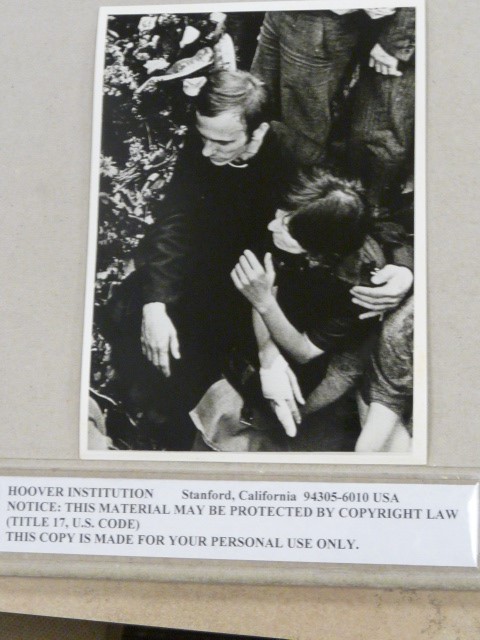

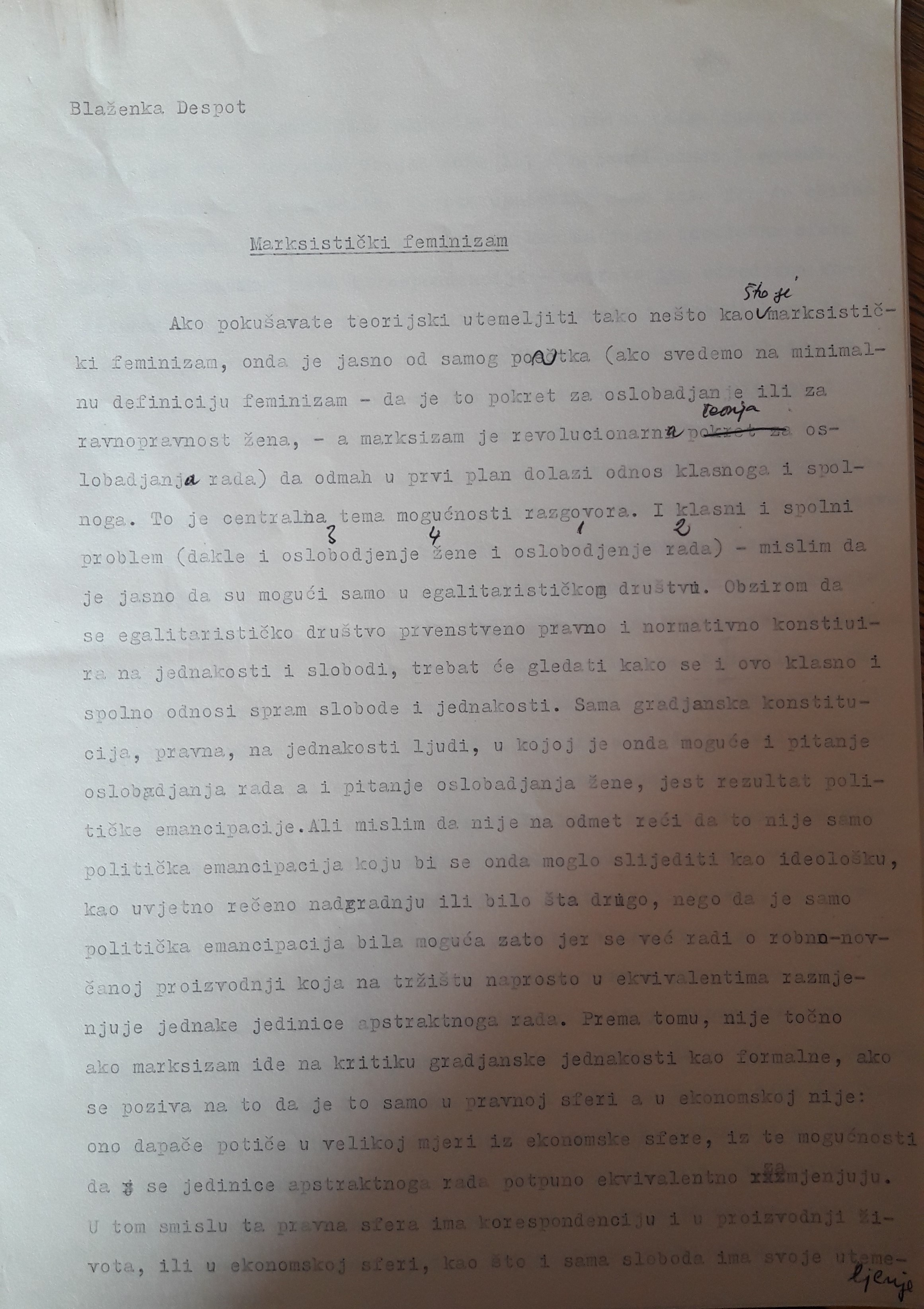
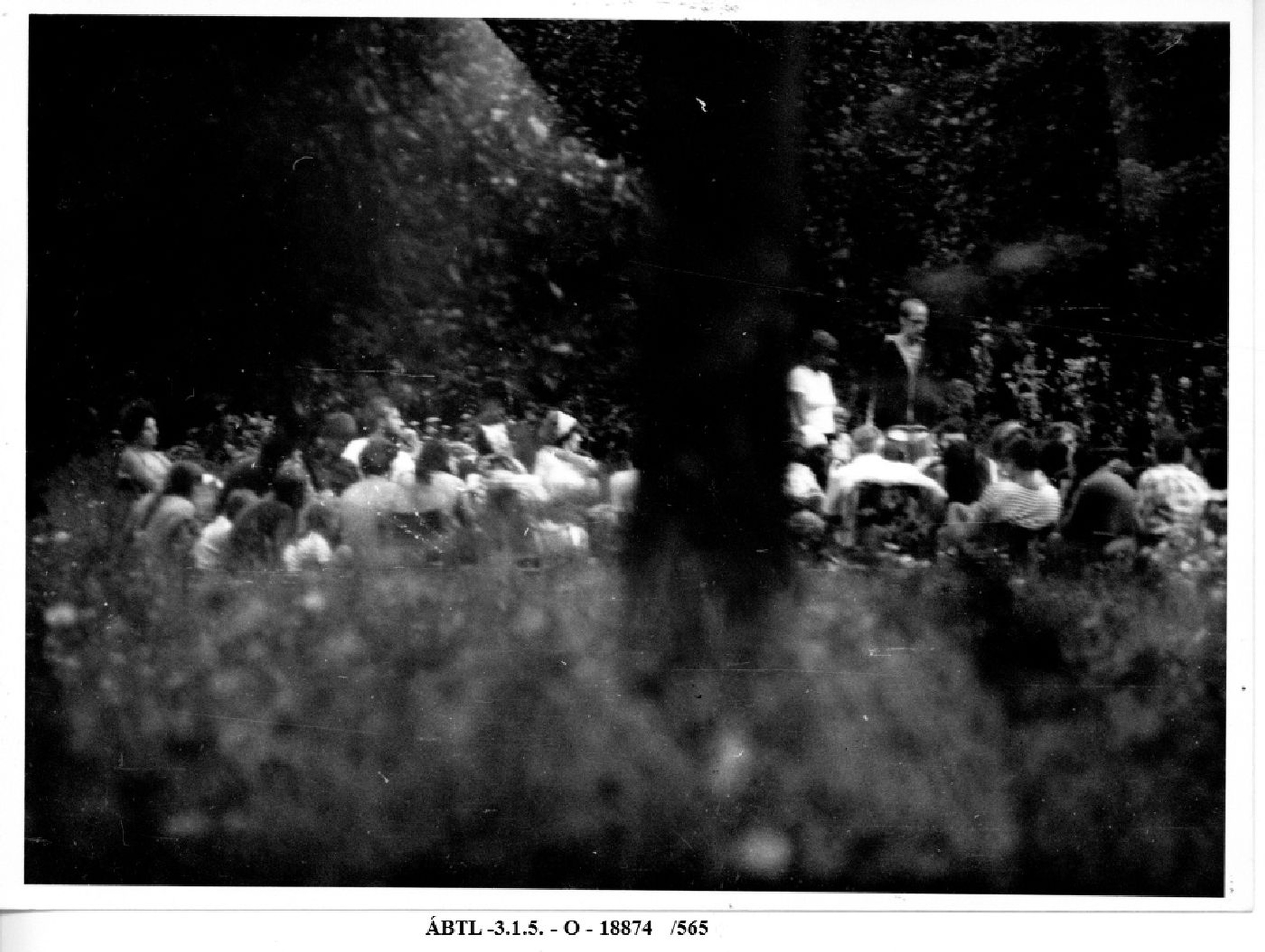
![Imre Baász: Step by step [Lépésről lépésre], 1983, mail art](/courage/file/n171277/1.+L%C3%A9p%C3%A9sr%C5%91l+l%C3%A9p%C3%A9sre+v%C3%A1ltozat.jpg)
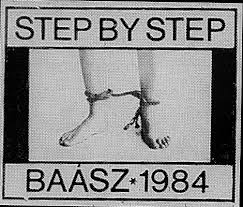
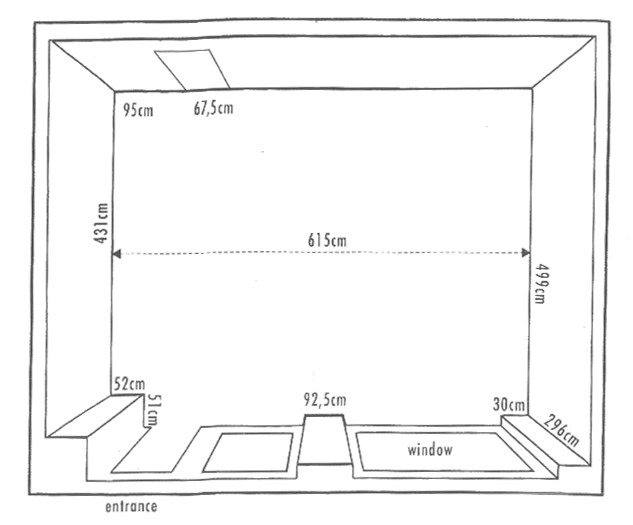
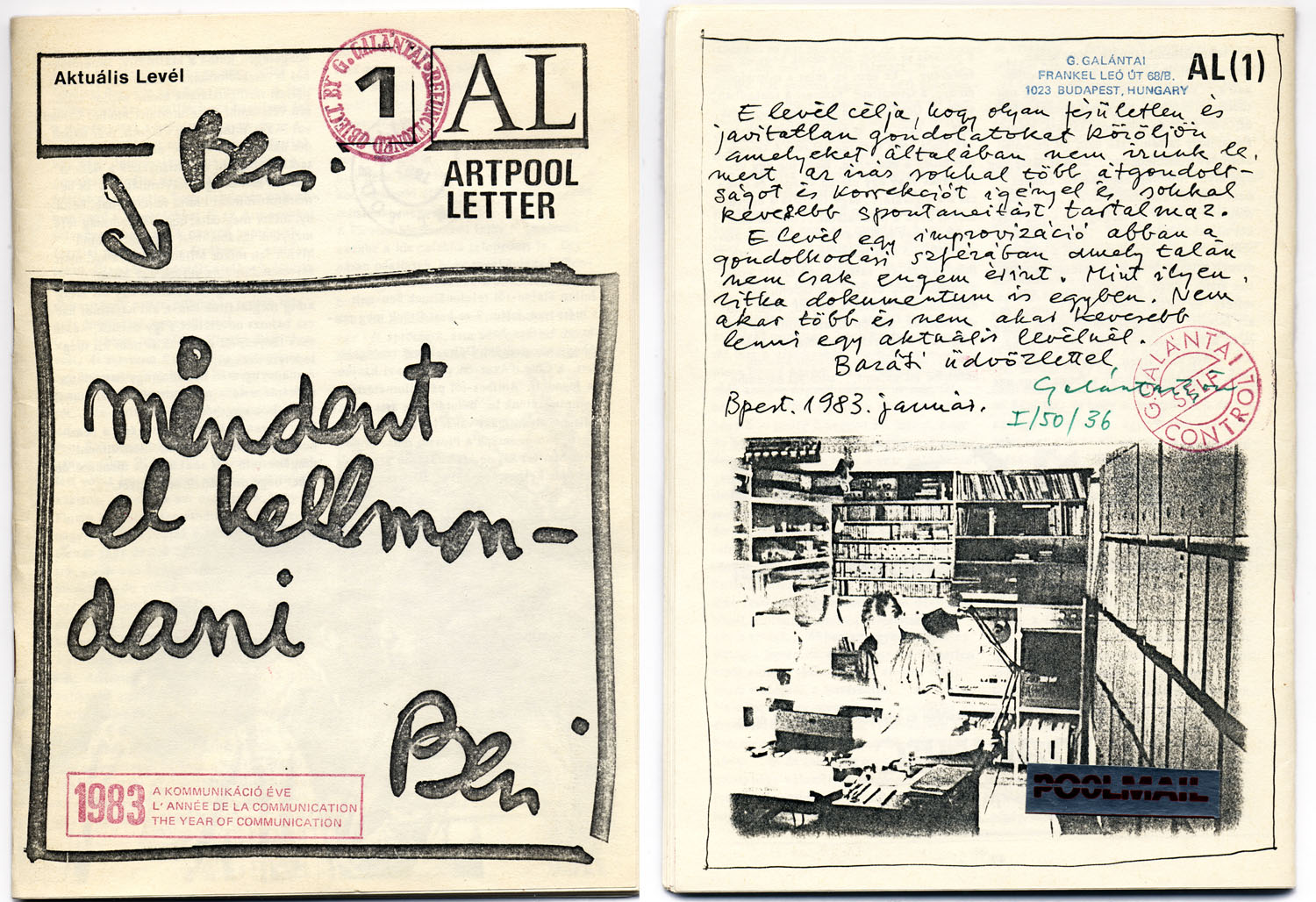
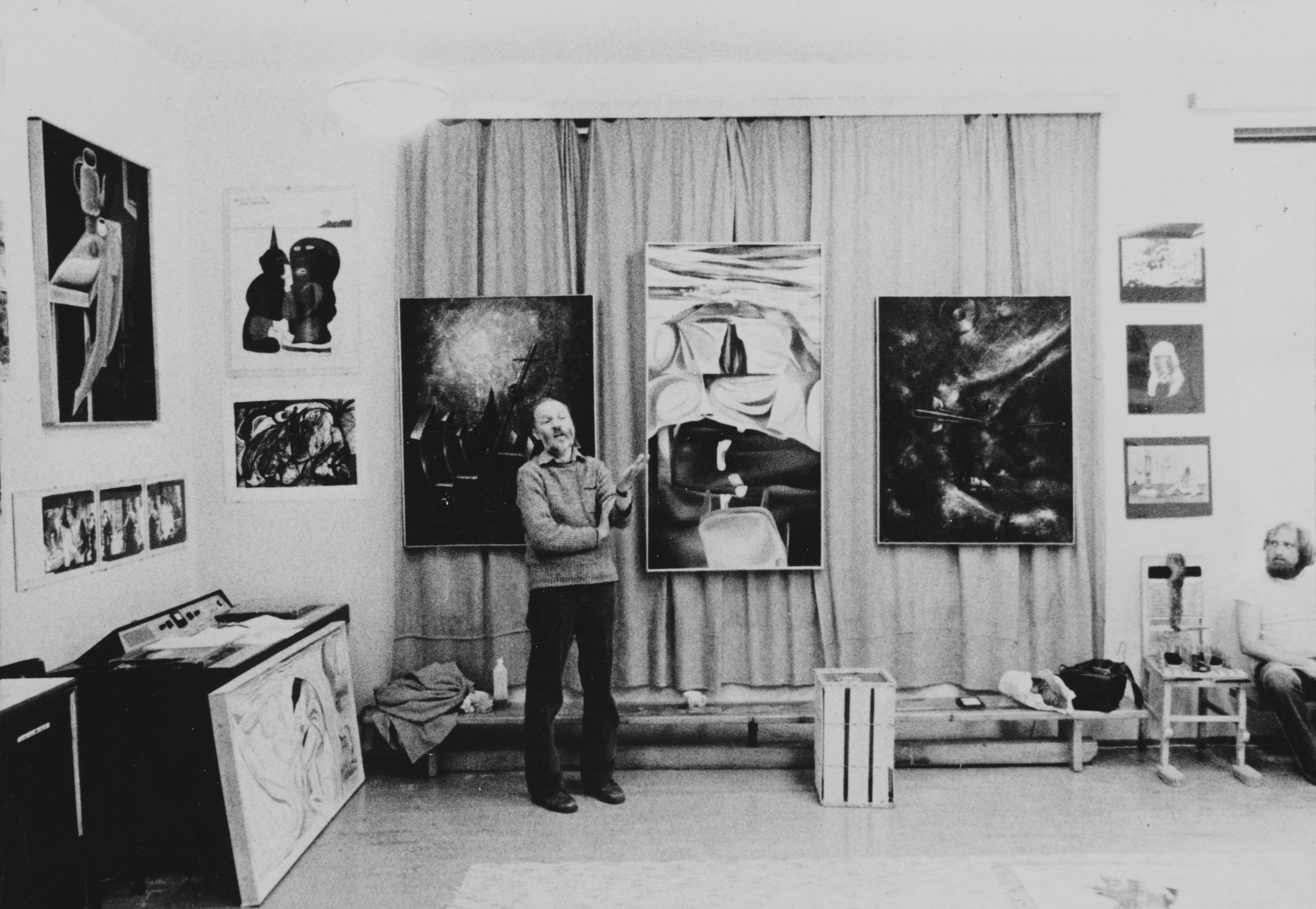
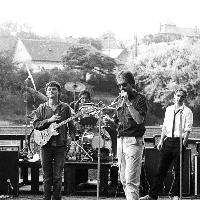
![Ćorić, Šimun Šito [Boris Katich]. So speak Croatian dissidents, 1983. Book](/courage/file/n119699/Zbirka+Jere+Jareb001.jpg)
